Page 49 of 326
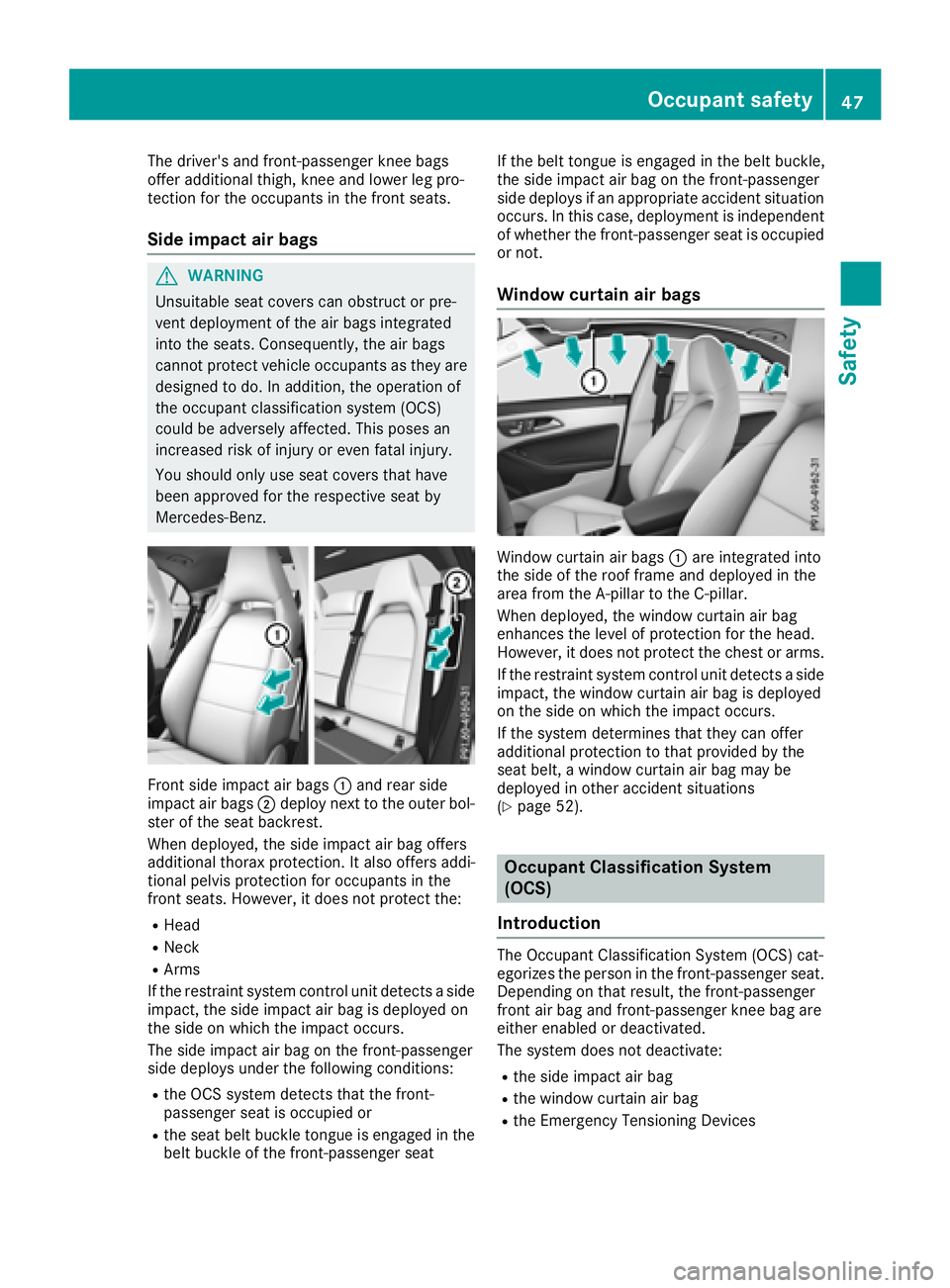
The driver's and front-passenger knee bags
offer additional thigh, knee and lower leg pro-
tection for the occupant sint he front seats.
Side impact air bags
G WARNING
Unsuitable seat covers can obstruct or pre-
vent deployment of the air bags integrated
into the seats. Consequently, the air bags
cannot protec tv ehicle occupant sast hey are
designed to do. In addition, the operation of
the occupant classification system (OCS)
could be adversely affected. This poses an
increased risk of injury or even fatal injury.
You should only use seat covers that have
been approved for the respective seat by
Mercedes-Benz.
Fron ts ide impact air bags �C and rear side
impact air bags �D deploy next to the outer bol-
ster of the seat backrest.
When deployed, the side impact air bag offers
additional thorax protection. It also offers addi-
tional pelvis protection for occupant sint he
front seats. However, it does not protec tt he:R
Head R
Neck R
Arms
If the restraint system control unit detect sas ide
impact, the side impact air bag is deployed on
the side on which the impact occurs.
The side impact air bag on the front-passenger
side deploys under the following conditions: R
the OCS system detect st hat the front-
passenger seat is occupied or R
the seat belt buckle tongue is engaged in the
belt buckle of the front-passenger seat If the belt tongue is engaged in the belt buckle,
the side impact air bag on the front-passenger
side deploys if an appropriate accident situation
occurs. In this case, deployment is independent
of whether the front-passenger seat is occupied
or not.
Window curtain air bags
Window curtain air bags �C are integrated into
the side of the roof frame and deployed in the
area from the A-pillar to the C-pillar.
When deployed, the window curtain air bag
enhances the level of protection for the head.
However, it does not protec tt he chest or arms.
If the restraint system control unit detect sas ide
impact, the window curtain air bag is deployed
on the side on which the impact occurs.
If the system determines that they can offer
additional protection to that provided by the
seat belt, aw indow curtain air bag may be
deployed in other accident situations
( Y
page 52).
Occupant Classification System
(OCS)
Introduction The Occupant Classification System (OCS) cat-
egorizes the person in the front-passenger seat.
Dependin gont hat result, the front-passenger
front air bag and front-passenger knee bag are
either enabled or deactivated.
The system does not deactivate: R
the side impact air bag R
the window curtain air bag R
the Emergency Tensionin gD evicesOccupant safety 47
Safety Z
Page 50 of 326
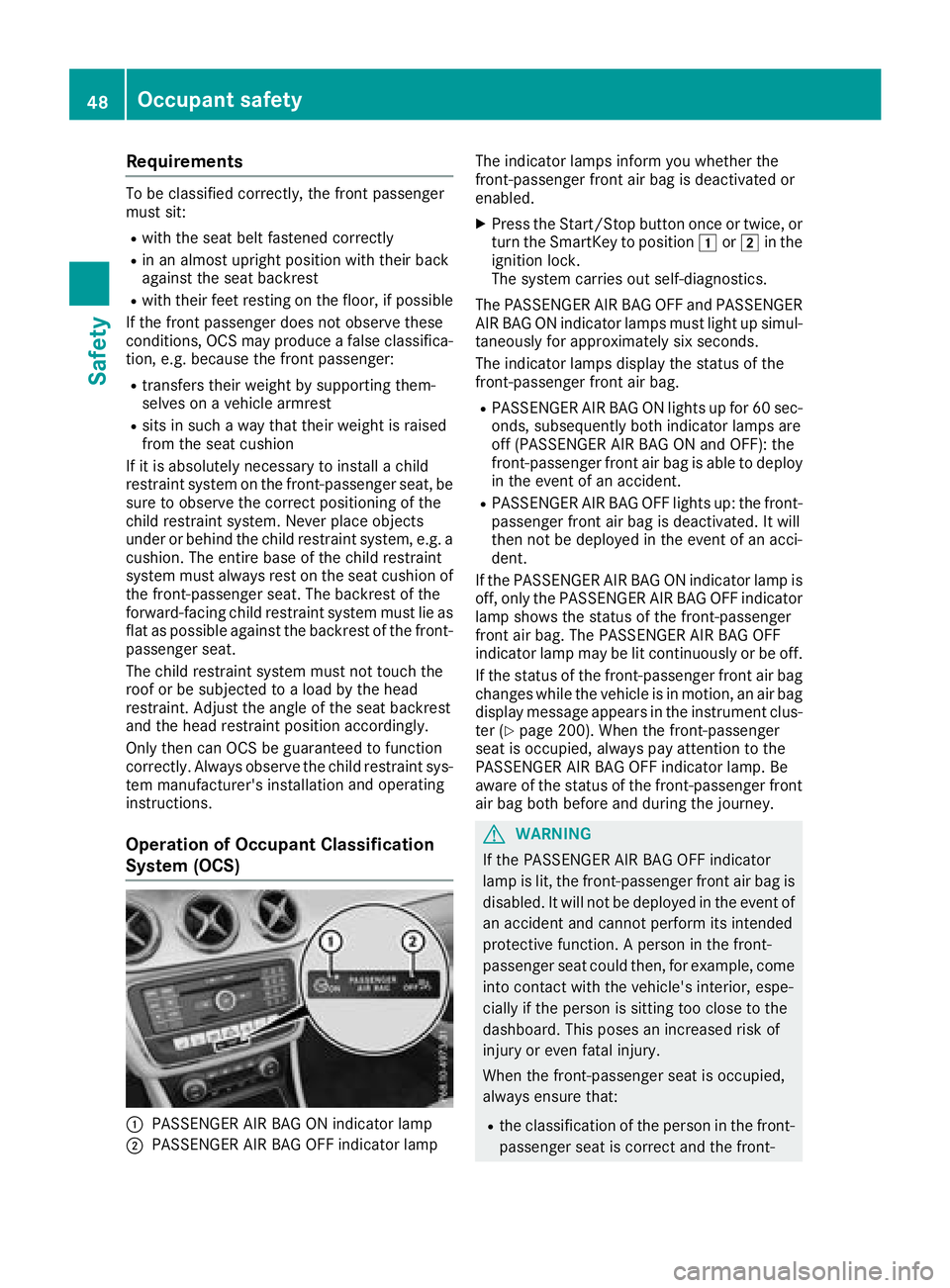
Requirements To be classifie dc orrectly ,t he front passenger
mus ts it:R
with the sea tb el tf astened correctlyR
in an almost upright position with thei rb ac k
against the sea tb ac krestR
with thei rf ee tr esting on the floor, if possible
If the front passenger doe sn ot observe these
conditions ,O CS may produce af alse classifica-
tion, e.g. because the front passenger: R
transfers thei rw eigh tb ys uppo rting them-
selves on av ehicl ea rmrestR
sits in such aw ay that thei rw eigh tisr aised
from the sea tc ushion
If it is absolutely necessary to install ac hild
restraint system on the front-passenger seat, be
sure to observe the correct positioning of the
child restraint system. Neve rp la ce objects
under or behind the child restraint system, e.g. a
cushion. The entir eb as eoft he child restraint
system mus ta lway sr es tont he sea tc ushio no f
the front-passenger seat. The backrest of the
forward-facing child restraint system mus tl ie as
fla ta sp ossible against the backrest of the front-
passenger seat.
The child restraint system mus tn ot touch the
roo forbes ub jecte dtoal oa dbyt he head
restraint. Adjust the angle of the sea tb ac krest
and the hea dr estraint position accordingly.
Only then can OC Sbeg ua ranteed to function
correctly .A lway so bserve the child restraint sys-
tem manufacturer' si nstallation and o perating
i
nstructions.
Operatio nofO cc upant Classification
System (OCS)
�C
PASSENGER AIR BAG ON indicator lamp
�D
PASSENGER AIR BAG OFF indicator lamp The indicator lamps inform yo uw he the rt he
front-passenger front ai rb ag is deactivated or
enabled. X
Press the Start/Sto pb ut ton once or twice, or
turn the SmartKey to position �G or �H in the
ignition lock.
The system carrie so ut self-diagnostics.
The PASSENGER AIR BAG OFF and PASSENGER
AIR BAG ON indicator lamps mus tl ig ht up simul-
taneously for approximately six seconds.
The indicator lamps display the statu soft he
front-passenger front ai rb ag .R
PASSENGER AIR BAG ON lights up for 60 sec-
onds ,s ub sequently both indicator lamps are
off (PASSENGER AIR BAG ON and OFF) :t he
front-passenger front ai rb ag is able to deploy
in the event of an accident. R
PASSENGER AIR BAG OFF lights up :t he front-
passenger front ai rb ag is deactivated. It will
then not be deploye dint he event of an acci-
dent.
If the PASSENGER AIR BAG ON indicator lamp is
off, only the PASSENGER AIR BAG OFF indicator
lamp shows the statu soft he front-passenger
front ai rb ag .T he PASSENGER AIR BAG OFF
indicator lamp may be li tc ontinuously or be off.
If the statu soft he front-passenger front ai rb ag
changes whil et he vehicl eisinm otion, an ai rb ag
display message appears in the instrument clus-
ter ( Y
page 200). Whe nt he front-passenger
sea ti so ccupied, always pa ya ttention to the
PASSENGER AIR BAG OFF indica tor l amp. Be
a
ware of the statu soft he front-passenger front
ai rb ag both before and during the journey.
G WARNING
If the PASSENGER AIR BAG OFF indicator
lamp is lit, the front-passenger front ai rb ag is
disabled. It will not be deploye dint he event of
an accident and canno tp erform its intended
protectiv ef unction. Ap erson in the front-
passenger sea tc ould then, for example, come
into contact with the vehicle's interior, espe-
ciall yift he person is sitting too close to the
dashboard. Thi sp oses an increased ris ko f
injury or eve nf ata li njury.
Whe nt he front-passenger sea ti so ccupied,
always ensure that: R
the classification of the person in the front-
passenger sea ti sc orrect and the front-48
Occupan ts afety
Safety
Page 51 of 326
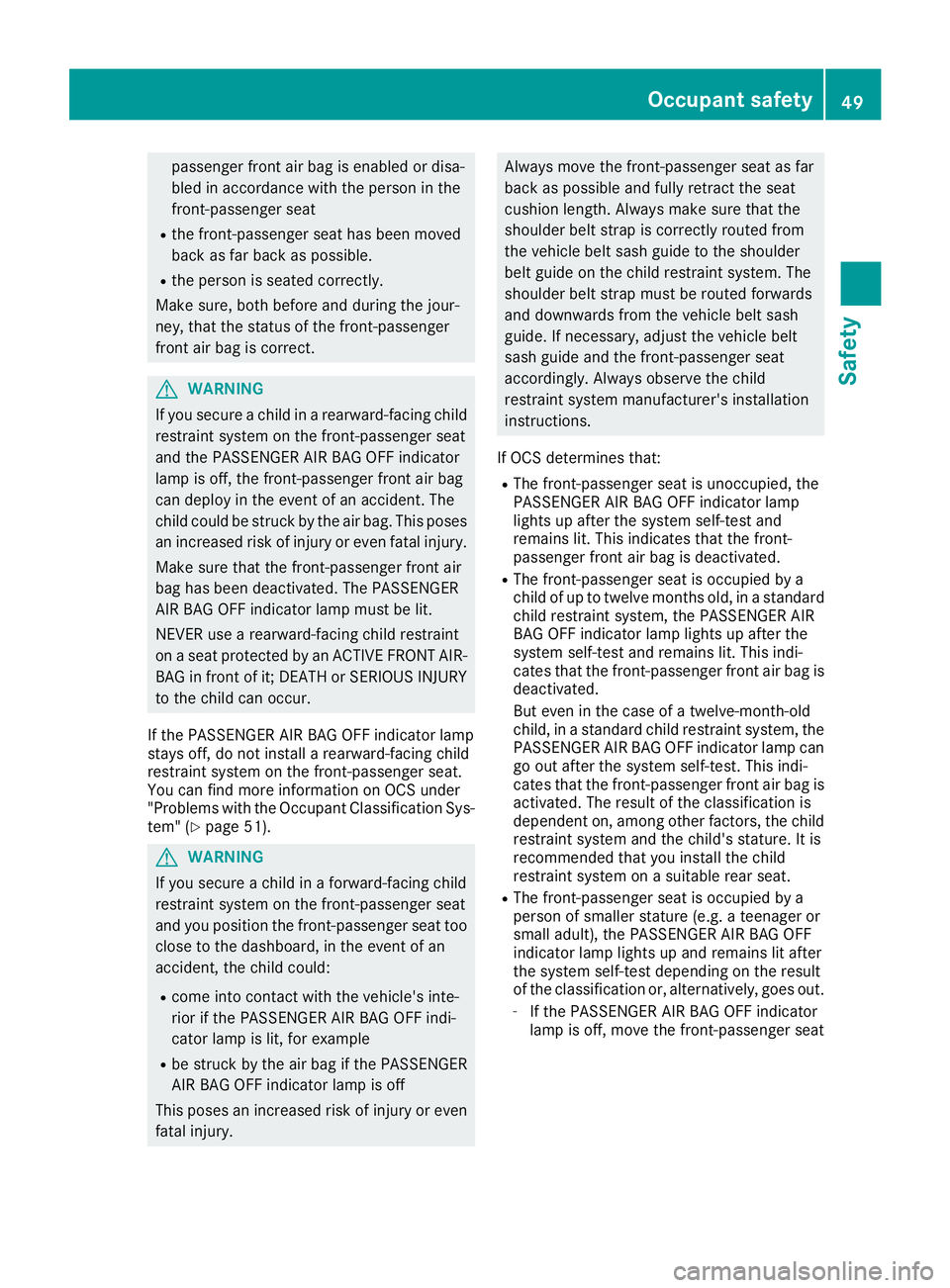
passenger fron ta ir bag is enabled or disa-
bled in accordance with the person in the
front-passenger seat R
the front-passenger seat has been moved
back as far back as possible. R
the person is seated correctly.
Make sure, both before and during the jour-
ney, that the status of the front-passenger
fron ta ir bag is correct.
G WARNING
If you secure ac hild in ar earward-facing child
restraint system on the front-passenger seat
and the PASSENGER AIR BA GO FF indicator
lamp is off, the front-passenger fron ta ir bag
can deploy in the event of an accident. The
child could be struck by the air bag. This poses
an increased risk of injury or even fatal injury.
Make sure that the front-passenger fron ta ir
bag has been deactivated. The PASSENGER
AIR BA GO FF indicator lamp must be lit.
NEVER use ar earward-facing child restraint
on as eat protected by an ACTIVE FRONT AIR-
BA Ginf ron tofi t; DEATH or SERIOUS INJURY
to the child can occur.
If the PASSENGER AIR BA GO FF indicator lamp
stays off, do not install ar earward-facing child
restraint system on the front-passenger seat.
You can find more information on OCS under
"Problems with the Occupant Classification Sys-
tem" ( Y
page 51).
G WARNING
If you secure ac hild in af orward-facin gc hild
restraint system on the front-passenger seat
and you position the front-passenger seat too
close to the dashboard, in the event of an
accident, the child could: R
come int oc ontact with the vehicle's inte-
rior if the PASSENGER AIR BA GO FF indi-
cator lamp is lit, for example R
be struck by the air bag if the PASSENGER
AIR BA GO FF indicator lamp is off
This poses an increased risk of injury or even
fatal injury. Always move the front-passenger seat as far
back as possible and fully retract the seat
cushion length. Always make sure that the
shoulder belt strap is correctly routed from
the vehicle belt sash guide to the shoulder
belt guide on the child restraint system. The
shoulder belt strap must be routed forwards
and downwards from the vehicle belt sash
guide. If necessary, adjust the vehicle belt
sash guide and the front-passenger seat
accordingly. Always observe the child
restraint system manufacturer's installation
instructions.
If OCS determines that: R
The front-passenger seat is unoccupied, the
PASSENGER AIR BA GO FF indicator lamp
lights up after the system self-test and
remains lit. This indicates that the front-
passenger fron ta ir bag is deactivated. R
The front-passenger seat is occupied by a
child of up to twelve months old, in as tandard
child restraint system, the PASSENGER AIR
BA GO FF indicator lamp lights up after the
system self-test and remains lit. This indi-
cates that the front-passenger fron ta ir bag is
deactivated.
But even in the case of at welve-month-old
child, in as tandard child restraint system, the
PASSENGER AIR BA GO FF indicator lamp can
go out after the system self-test. This indi-
cates that the front-passenger fron ta ir bag is
activated. The result of the classification is
dependen to n, among other factors, the child
restraint system and the child's stature. It is
recommended that you install the child
restraint system on as uitable rear seat.R
The front-passenger seat is occupied by a
person of smaller stature (e.g. at eenager or
small adult), the PASSENGER AIR BA GO FF
indicator lamp lights up and remains lit after
the system self-test dependin gont he result
of the classification or, alternatively, goes out. -
If the PASSENGER AIR BA GO FF indicator
lamp is off, move the front-passenger seatOccupant safety 49
Safety Z
Page 52 of 326
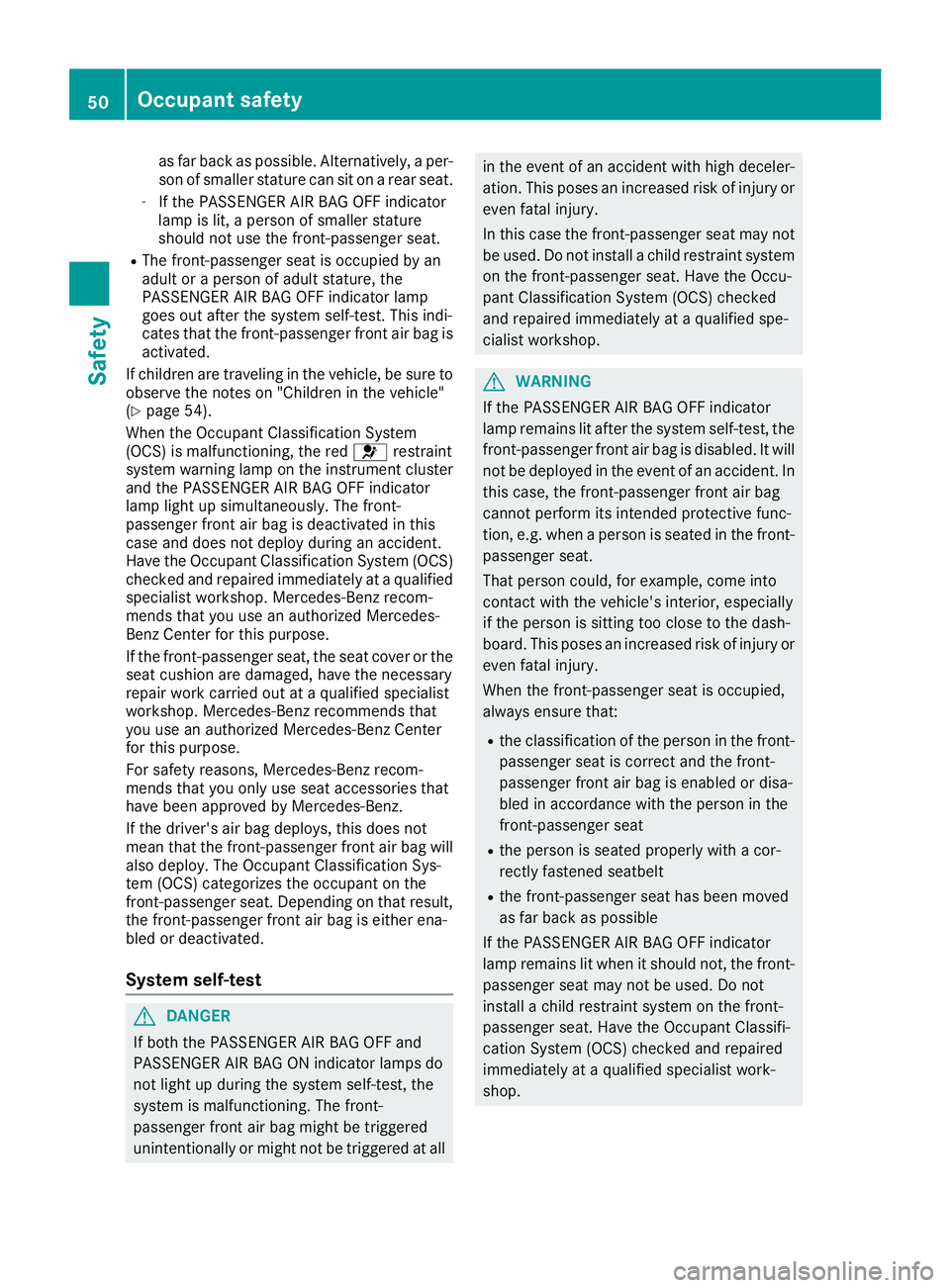
as far back as possible. Alternatively, ap er-
son of smaller statur ec an sit on ar ear seat.-
If th eP ASSENG ER AI RB AG OF Fi ndicator
lamp is lit ,ap erson of smaller stature
shoul dn ot use th ef ront-pa ssenger seat.R
The front-passenger seat is occupied by an
adult or ap erson of adult stature, the
PASSENGER AI RB AG OF Fi ndicator lamp
goes out after th es ystem self-test .T his indi-
cates that th ef ront-pa ssenger fron ta ir bag is
activated.
If childre na re travelin gint he vehicle ,bes ure to
observ et he note son" Children in th ev ehicle"
( Y
page 54).
When th eO cc upan tC lassification System
(OCS )ism alfunctioning, th er ed �u restraint
system warning lamp on th ei nstrumen tc luster
and th eP ASSENG ER AI RB AG OF Fi ndicator
lamp light up simultaneously. The front-
passenger fron ta ir bag is deactivate dint hi s
cas ea nd does no td eplo yd urin gana ccident.
Hav et he Occupan tC lassification System (OCS)
checked and repaired immediately at aq ualified
specialist workshop .M ercedes-Ben zr ecom-
mends that you use an authorized Mercedes-
Ben zC enter for this purpose.
If th ef ront-pa ssenger seat ,t he seat cover or the
seat cushion are damaged, have th en ecessary
repai rw ork carried out at aq ualified specialist
workshop .M ercedes-Ben zr ecommend st ha t
you use an authorized Mercedes-Ben zC en ter
f or this purpose.
For safety reasons, Mercedes-Ben zr ecom-
mends that you only use seat accessories that
have been approved by Mercedes-Benz.
If th ed river' sa ir bag deploys, this does not
mean that th ef ront-pa ssenger fron ta ir bag will
also deploy. The Occupan tC lassification Sys-
te m( OCS )c ategorize st he occupant on the
front-passenger seat .D ep endin gont ha tr esult,
th ef ront-pa ssenger fron ta ir bag is either ena-
bled or deactivated.
System self-test
G DANGER
If bot ht he PASSENGER AI RB AG OF Fa nd
PASSENGER AI RB AG ON indicator lamps do
no tl ight up durin gt he system self-test ,t he
system is malfunctioning. The front-
passenger fron ta ir bag migh tbet ri ggered
unintentionally or migh tn ot be triggered at all in th ee ven tofana cciden tw ith high deceler-
ation. This pose sani ncreased risk of injury or
even fatal injury.
In this cas et he front-passenger seat may not
be used. Do no ti nstall ac hi ld restraint system
on th ef ront-pa ssenger seat .H av et he Occu-
pant Classification System (OCS )c he cked
and repaired immediately at aq ualified spe-
cialis tw orkshop.
G WARNING
If th eP ASSENG ER AI RB AG OF Fi ndicator
lamp remains lit after th es ystem self-test ,t he
front-passenger fron ta ir bag is disabled. It will
no tbed eployed in th ee ven tofana ccident. In
this case, th ef ront-pa ssenger fron ta ir bag
canno tp erform its intended protective func-
tion, e.g .w hen ap erson is seated in th ef ront -
passenger seat.
That person could, for example, com ei nto
contac tw ith th ev ehicle's interior, especially
if th ep erson is sittin gt oo close to th ed ash-
board .T his pose sani ncreased risk of injury or
even fatal injury.
When th ef ront-pa ssenger seat is occupied,
always ensure that: R
th ec lassification of th ep erson in th ef ront -
passenger seat is correc ta nd th ef ront -
passenger fron ta ir bag is enabled or disa-
bled in accordance with th ep erson in the
front-passenger seat R
th ep erson is seated properly with ac or-
rectly fastene ds eatbelt R
th ef ront-pa ssenger seat has been moved
as far back as possible
If th eP ASSENG ER AI RB AG OF Fi ndicator
lamp remains lit when it shoul dn ot ,t he front-
passenger seat may no tbeu sed. Do not
install ac hi ld restraint system on th ef ront -
passenger seat .H av et he Occupan tC lassifi-
cation System (OCS )c he cked and repaired
immediately at aq ualified specialist work-
shop.50
Occupant safety
Safety
Page 53 of 326
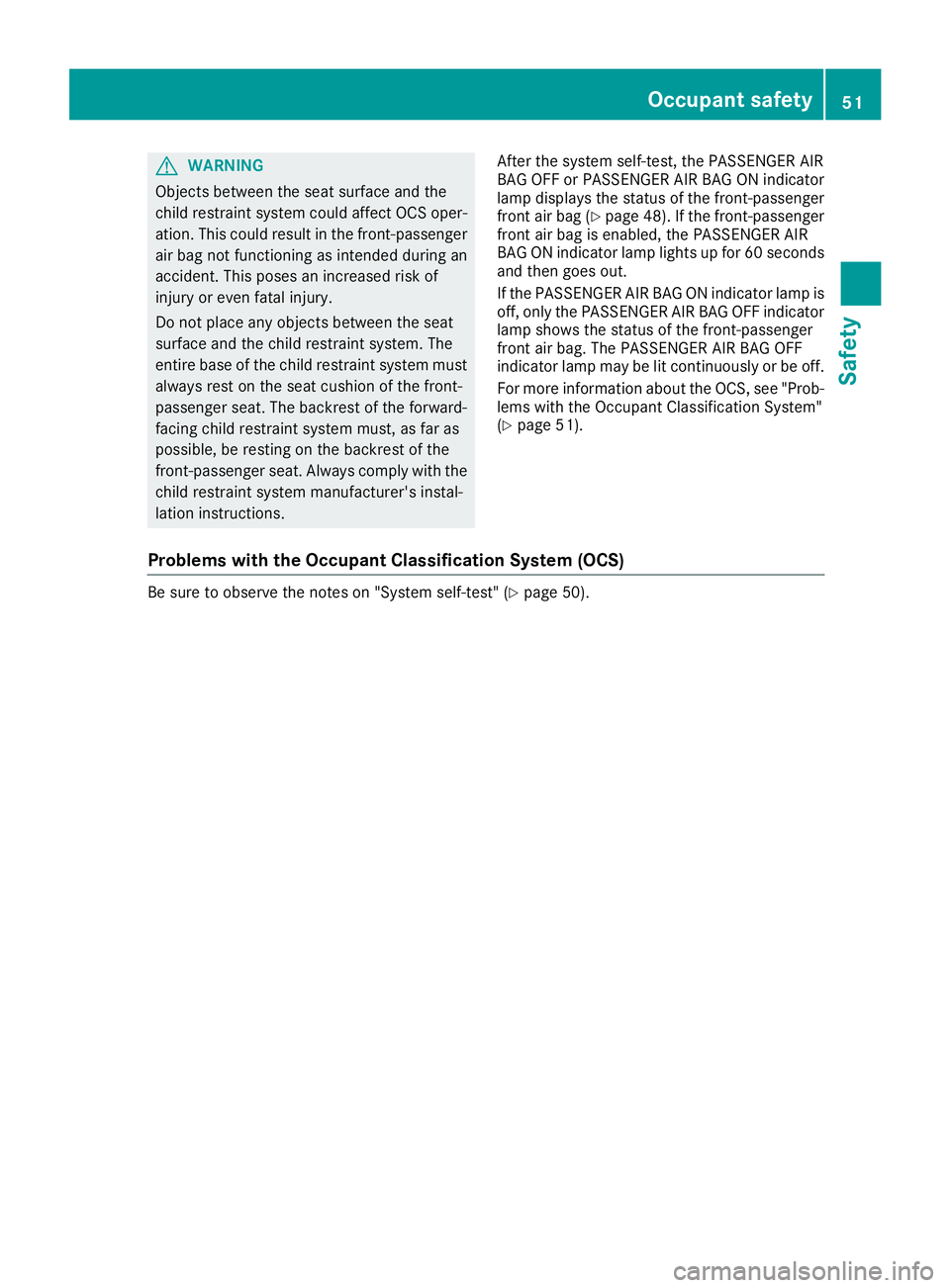
G WARNING
Objects between the seat surface and the
child restraint system coul da ffect OCS oper-
ation. This coul dr esult in the front-passenger
air bag not functioning as intended during an
accident. This poses an increased risk of
injury or even fatal injury.
Do not place any objects between the seat
surface and the child restraint system. The
entire base of the child restraint system must
alway sr est on the seat cushion of the front-
passenger seat. The backrest of the forward-
facing child restraint system must, as far as
possible ,ber esting on the backrest of the
front-passenge rs eat. Always comply with the
child restraint system manufacturer's instal-
lation instructions. After the system self-test, the PASSENGER AIR
BAG OFF or PASSENGER AIR BAG ON indicator
lamp display st he status of the front-passenger
front air bag ( Y
pag e4 8). If the front-passenger
front air bag is enabled, the PASSENGER AIR
BAG ON indicator lamp lights up for 60 seconds
and then goes out.
If the PASSENGER AIR BAG ON indicator lamp is
off, only the PASSENGER AIR BAG OFF indicator
lamp show st he status of the front-passenger
front air bag .T he PASSENGER AIR BAG OFF
indicator lamp may be lit continuously or be off.
For more information about the OCS, see "Prob-
lems with the Occupant Classification System"
( Y
pag e5 1).
Problems with the Occupant Classificatio nS ystem (OCS)Be sure to observe the notes on "System self-test" ( Y
pag e5 0).Occupant safety 51
Safety Z
Page 54 of 326
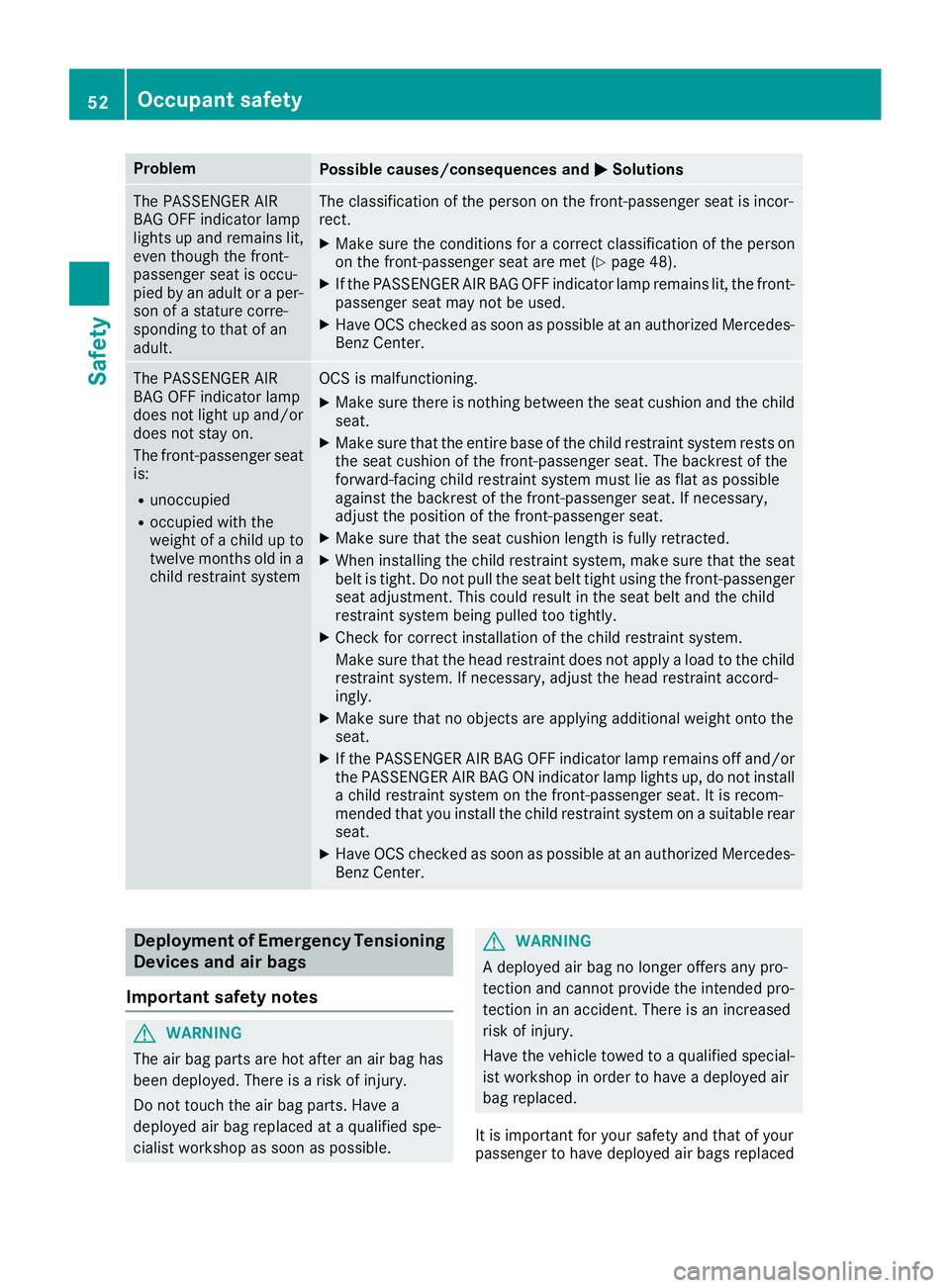
Problem
Possible causes/consequences and �P Solutions
The PASSENGER AIR
BAG OFF indicator lamp
lights up and remains lit,
even though the front-
passenger seat is occu-
pied by an adult or ap er-
son of as tature corre-
sponding to that of an
adult. The classification of the person on the front-passenger seat is incor-
rect. X
Make sure the condition sf or ac orrect classification of the person
on the front-passenger seat are met ( Y
page 48).X
If the PASSENGER AIR BAG OFF indicator lamp remains lit, the front-
passenger seat may not be used. X
Have OCS checked as soon as possible at an authorized Mercedes-
Benz Center.
The PASSENGER AIR
BAG OFF indicator lamp
does not light up and/or
does not stay on.
The front-passenger seat
is: R
unoccupied R
occupied with the
weight of ac hild up to
twelve months old in a
child restraint system OCS is malfunctioning. X
Make sure there is nothin gb etween the seat cushion and the child
seat. X
Make sure that the entire base of the child restraint system rests on
the seat cushion of the front-passenger seat. The backrest of the
forward-facing child restraint system must lie as flat as possible
against the backrest of the front-passenger seat. If necessary,
adjust the position of the front-passenger seat. X
Make sure that the seat cushion length is fully retracted. X
When installing the child restraint system, make sure that the seat
belt is tight. Do not pull the seat belt tight using the front-passenger
seat adjustment .T his could result in the seat belt and the child
restraint system being pulled too tightly. X
Check for correct installation of the child restraint system.
Make sure that the head restraint does not apply al oad to the child
restraint system. If necessary, adjust the head restraint accord-
ingly. X
Make sure that no object sa re applying additional weight onto the
seat. X
If the PASSENGER AIR BAG OFF indicator lamp remains off and/or
the PASSENGER AIR BAG ON indicator lamp lights up, do not install
ac hild restraint system on the front-passenger seat. It is recom-
mended that you install the child restraint system on as uitable rear
seat. X
Have OCS checked as soon as possible at an authorized Mercedes-
Benz Center.
Deployment of Emergency Tensioning
Devices and air bags
Important safety notes
G WARNING
The air bag parts are hot after an air bag has
been deployed. There is ar isk of injury.
Do not touch the air bag parts. Have a
deploye da ir bag replaced at aq ualified spe-
cialist workshop as soon as possible. G WARNING
Ad eploye da ir bag no longer offers any pro-
tection and cannot provide the intended pro-
tection in an accident. There is an increased
risk of injury.
Have the vehicle towed to aq ualified special-
ist workshop in order to have ad eploye da ir
bag replaced.
It is important for your safety and that of your
passenger to have deploye da ir bags replaced52
Occupant safety
Safety
Page 55 of 326
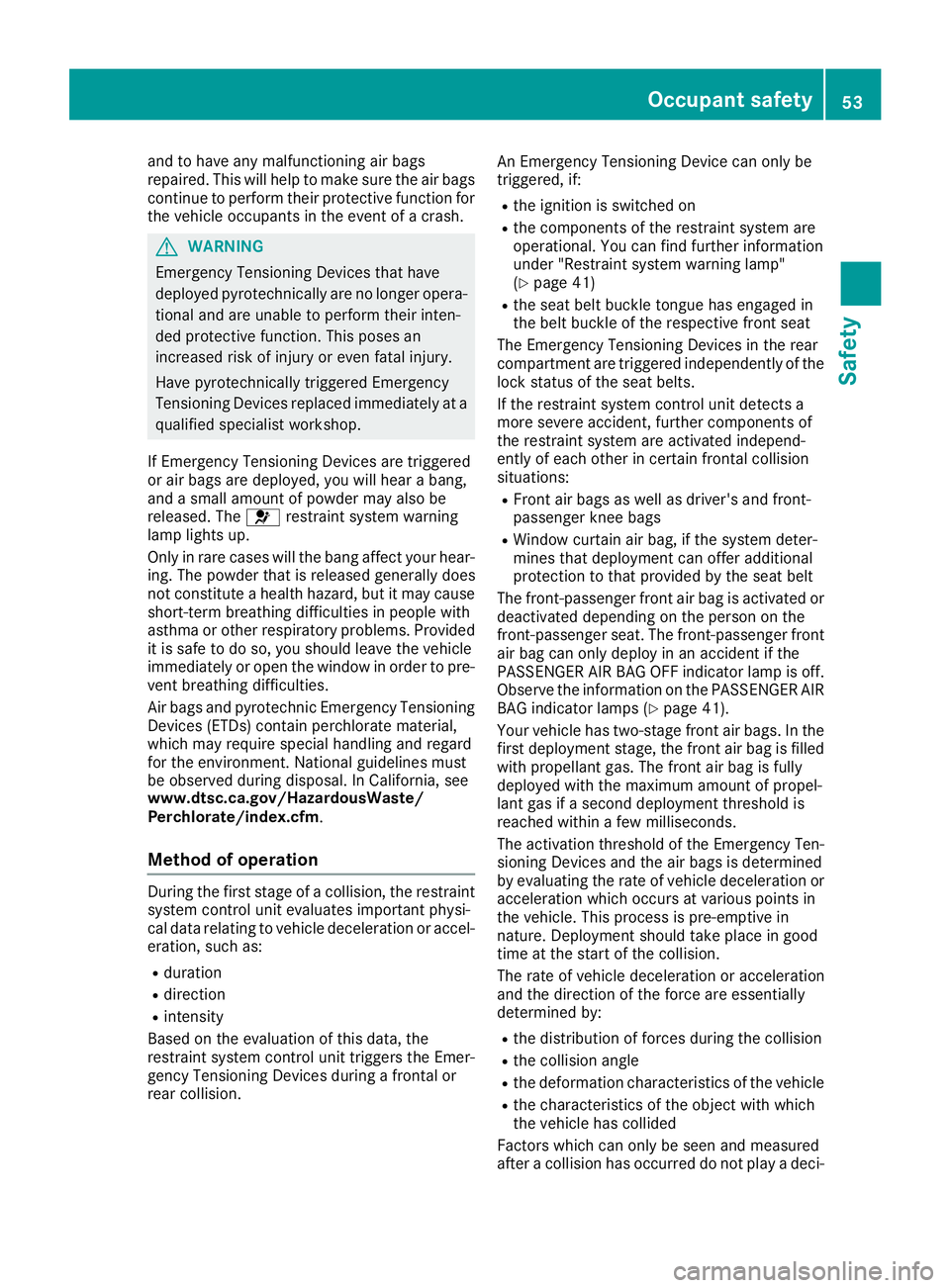
and to have any malfunctionin ga ir bags
repaired. This will help to mak es ure th ea ir bags
continue to perform their protective function for
th ev ehicle occupant sint he even tofac ra sh.
G WARNING
Emergenc yT ensioning Devices that have
deployed pyrotechnically are no longer opera-
tional and are unabl etop erform their inten-
ded protective function .T his pose sa n
increased risk of injury or even fatal injury.
Hav ep yrotechnically triggered Emergency
Tensioning Devices replaced immediately at a
qualified specialist workshop.
If Emergenc yT ensioning Devices are triggered
or air bags are deployed, you will hear ab ang,
and as mall amoun tofp owder may also be
released. The �u restraint system warning
lamp light su p.
Only in rar ec ases will th eb ang affect your hear-
ing .T he powder that is released generally does
no tc onstitut eah ealt hh azard, but it may cause
short-term breathin gd ifficulties in peopl ew ith
asthma or other respiratory problems .P rovided
it is safe to do so, you shoul dl eave th ev ehicle
immediately or open th ew indow in orde rtop re-
ven tb reathin gd ifficulties.
Air bags and pyrotechnic Emergenc yT ensioning
Devices (ETDs )c ontain perchlorate material,
whic hm ay require special handlin ga nd regard
for th ee nvironment. National guidelines must
be observed durin gd isposal. In California, see
www.dtsc.ca.gov/HazardousWaste/
Perchlorate/index.cfm .
Method of operation During th ef irst stage of ac ollision ,t he restraint
system control unit evaluates important physi-
cal dat ar elating to vehicle deceleratio nora ccel-
eration ,s uc ha s:R
duration R
direction R
intensity
Based on th ee valuation of this data, the
restraint system control unit trigger st he Emer-
gency Tensioning Devices durin gaf ront al or
rear collision. An Emergenc yT ensioning Devic ec an only be
triggered, if: R
th ei gnition is switched on R
th ec omponent soft he restraint system are
operational. You can fin df urther information
unde r" Restrain ts ystem warning lamp"
( Y
page 41) R
th es eat belt buckle tongue has engaged in
th eb elt buckle of th er espectiv ef ront seat
The Emergenc yT ensioning Devices in th er ear
compartmen ta re triggered independently of the
loc ks ta tus of th es eat belts.
If th er estraint system control unit detect sa
mor es evere accident, further component so f
th er estraint system are activated independ-
ently of each other in certain frontal collision
situations: R
Fron ta ir bags as well as driver' sa nd front-
passenger knee bags R
Window curtain air bag, if th es ystem deter-
mines that deploymen tc an offer additional
protection to that provided by th es eat belt
The front-passenger fron ta ir bag is activated or
deactivate dd ependin gont he person on t h
e
front-passenger seat .T he front-passenger front
air bag can only deplo yinana cciden tift he
PASSENGER AI RB AG OF Fi ndicator lamp is off.
Observ et he informatio nont he PASSENGER AIR
BA Gi ndicator lamps ( Y
page 41).
Your vehicle has two-stag ef ront air bags. In the
first deploymen ts ta ge, th ef ront air bag is filled
with propellan tg as. The fron ta ir bag is fully
deployed with th em aximum amoun tofp ropel-
lant gas if as econ dd eploymen tt hr eshold is
reached within af ew milliseconds.
The activation threshold of th eE me rgenc yT en-
sioning Devices and th ea ir bags is determined
by evaluating th er at eofv ehicle deceleratio no r
acceleratio nw hic ho ccurs at various points in
th ev ehicle .T his process is pre-emptive in
nature. Deployment shoul dt ak ep lace in good
tim eatt he start of th ec ollision.
The rat eofv ehicle deceleratio nora cceleration
and th ed irection of th ef orce are essentially
determine db y: R
th ed istribution of forces durin gt he collisionR
th ec ollision angle R
th ed eformatio nc ha racteristics of th ev ehicleR
th ec ha racteristics of th eo bject with which
th ev ehicle has collided
Factors whic hc an only be seen and measured
after ac ollision has occurre ddon ot play ad eci-Occupant safety 53
Safety Z
Page 56 of 326
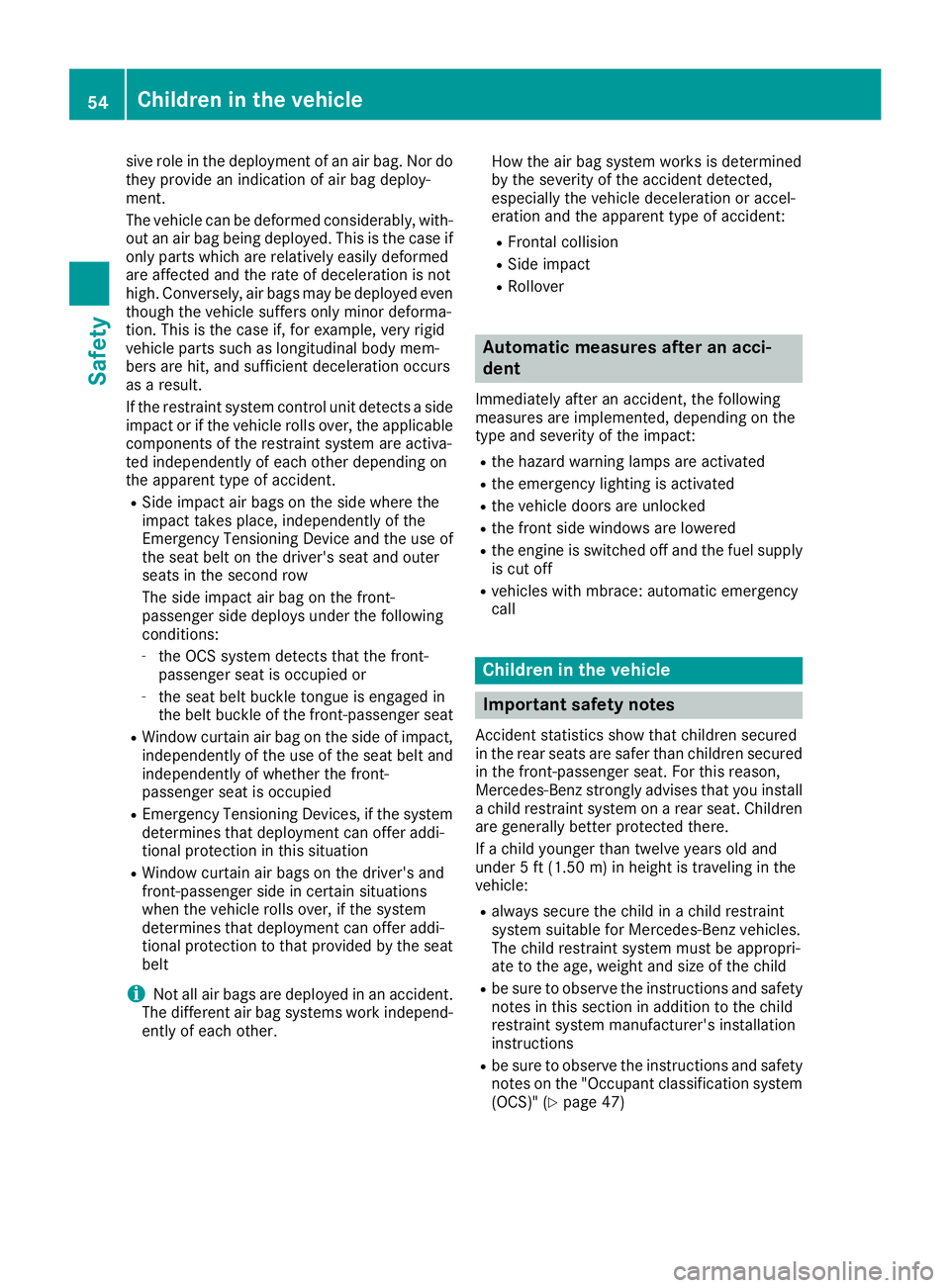
sive role in the deployment of an air bag. Nor do
they provide an indication of air bag deploy-
ment.
The vehicle can be deformed considerably, with-
out an air bag being deployed. This is the case if
only parts which are relatively easil yd eformed
are affected and the rate of deceleration is not
high. Conversely, air bags may be deployed even
though the vehicle suffers only minor deforma-
tion. This is the case if, for example, very rigid
vehicle parts such as longitudinal body mem-
bers are hit, and sufficient deceleration occurs
as ar esult.
If the restraint system control unit detects as ide
impact or if the vehicle rolls over, the applicable
component soft he restraint system are activa-
ted independently of each other depending on
the apparent type of accident. R
Side impact air bags on the side where the
impact takes place, independently of the
Emergenc yT ensioning Device and the use of
the seat belt on the driver's seat and outer
seats in the second row
The side impact air bag on the front-
passenger side deploy su nder the following
conditions: -
the OCS system detects that the front-
passenger seat is occupied or -
the seat belt buckle tongue is engaged in
the belt buckle of the front-passenger seat R
Window curtain air bag on the side of impact,
independently of the use of the seat belt and
independently of whether the front-
passenger seat is occupied R
Emergenc yT ensioning Devices, if the system
determines that deployment can offer addi-
tional protection in this situation R
Window curtain air bags on the driver's and
front-passenger side in certain situations
when the vehicle rolls over, if the system
determines that deployment can offer addi-
tional protection to that provided by the seat
belt
i Not all air bags are deployed in an accident.
The different air bag systems work independ-
ently of each other. How the air bag system works is determined
by the severity of the accident detected,
especially the vehicle deceleration or accel-
eration and the apparent type of accident: R
Frontal collision R
Side impact R
Rollover
Automatic measures after an acci-
dent Immediately after an accident, the following
measures are implemented, depending on the
type and severity of the impact: R
the hazard warning lamps are activated R
the emergency lighting is activated R
the vehicle doors are unlocked R
the front side windows are lowered R
the engine is switched off and the fuel supply
is cut off R
vehicles with mbrace: automatic emergency
call
Children in the vehicle
Important safety notes Accident statistics show that children secured
in the rear seats are safer than children secured
in the front-passenger seat. For this reason,
Mercedes-Benz strongly advises that you install
ac hild restraint system on ar ear seat. Children
are generally better protected there.
If ac hild younger than twelve years old and
under 5ft( 1.50 m) in height is traveling in the
vehicle: R
always secure the child in ac hild restraint
system suitable for Mercedes-Benz vehicles.
The child restraint system must be appropri-
ate to the age, weight and size of the child R
be sure to observe the instructions and safety
notes in this section in addition to the child
restraint system manufacturer's installation
instructions R
be sure to observe the instructions and safety
notes on the "Occupant classification system
(OCS)" ( Y
page 47)54
Children in the vehicle
Safety
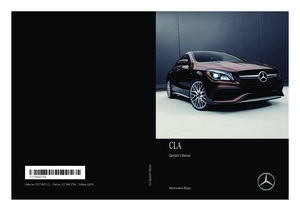 1
1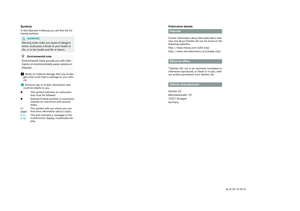 2
2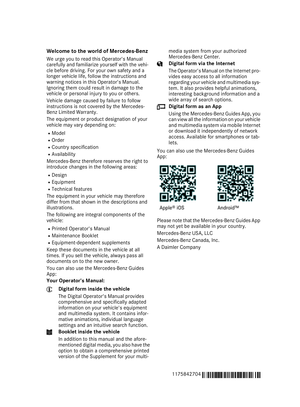 3
3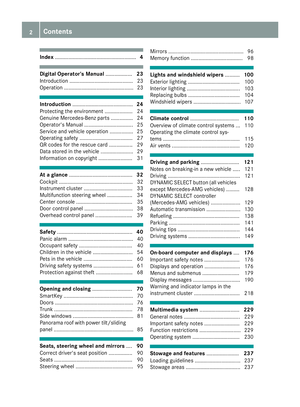 4
4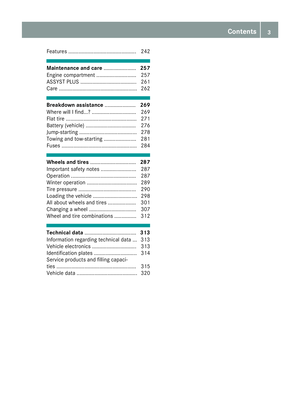 5
5 6
6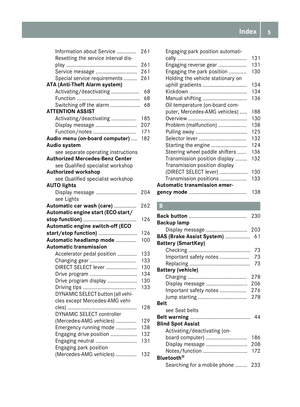 7
7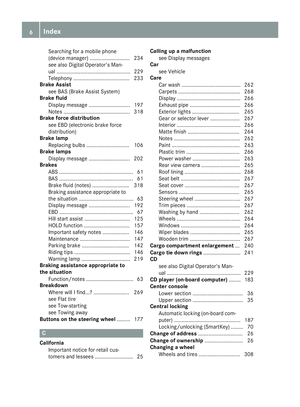 8
8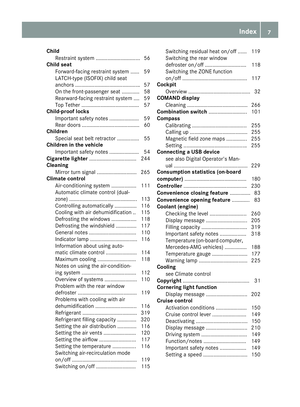 9
9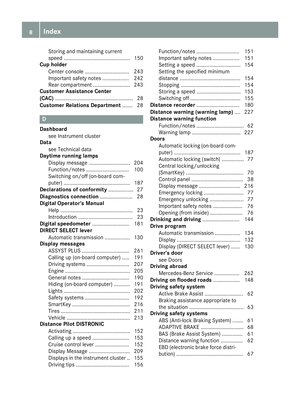 10
10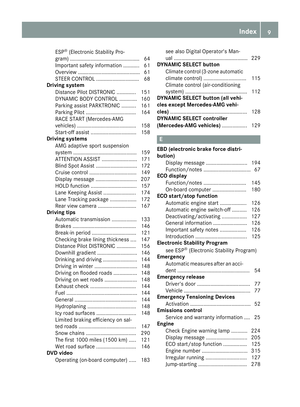 11
11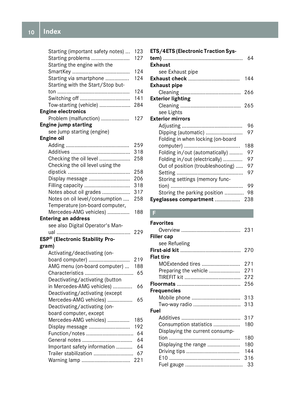 12
12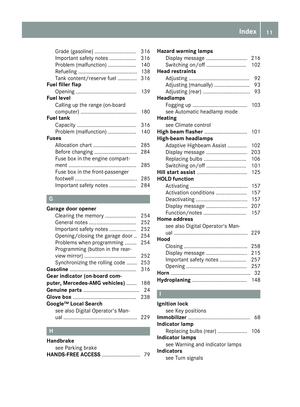 13
13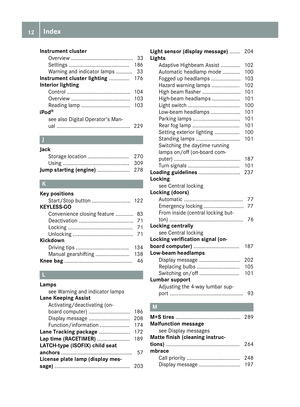 14
14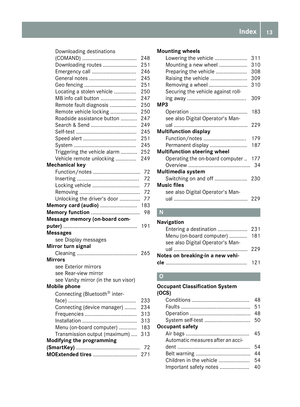 15
15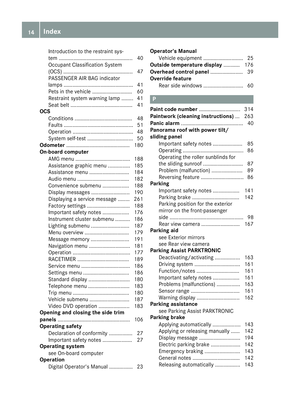 16
16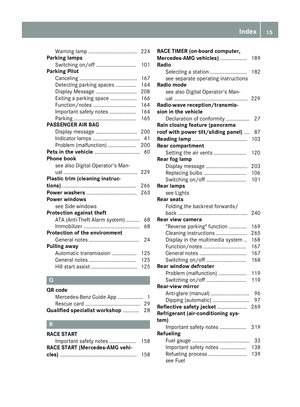 17
17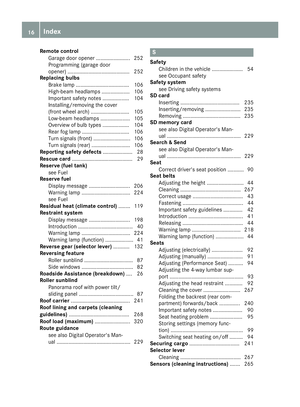 18
18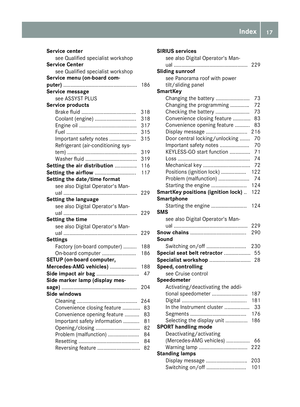 19
19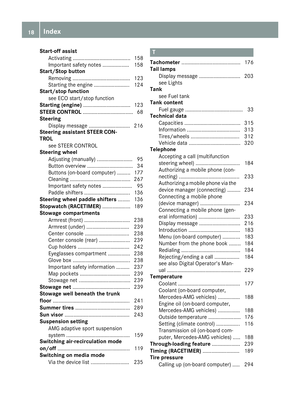 20
20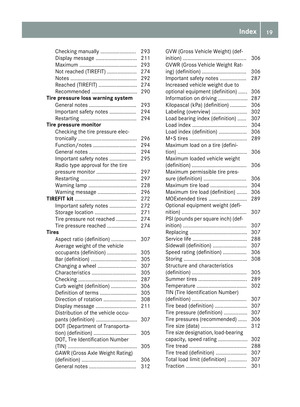 21
21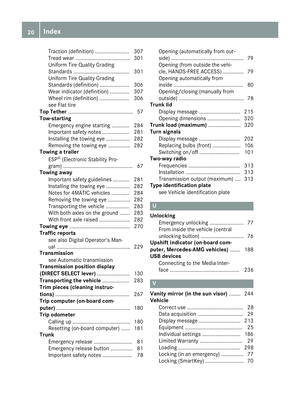 22
22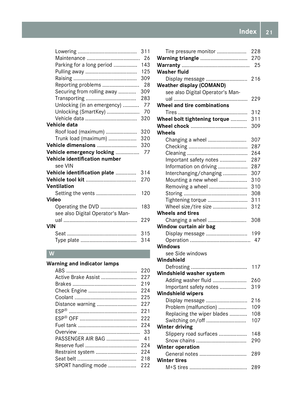 23
23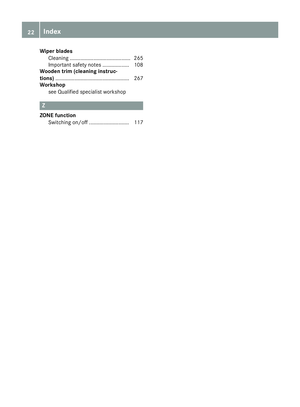 24
24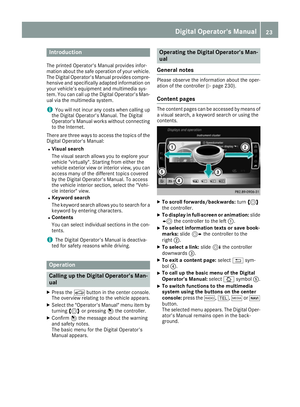 25
25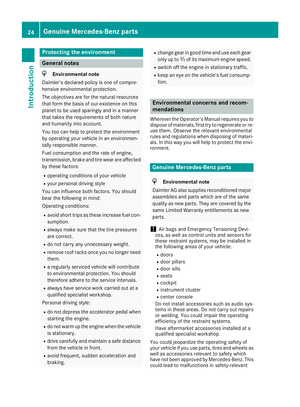 26
26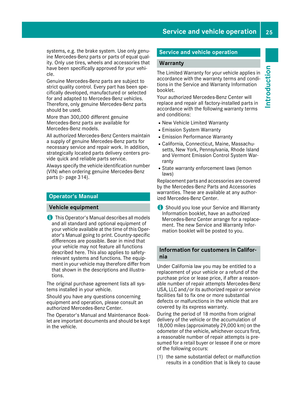 27
27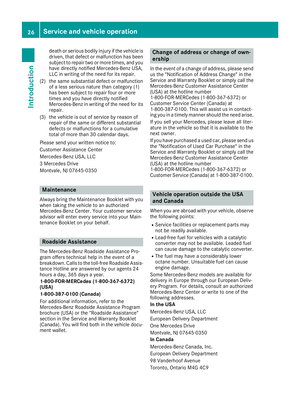 28
28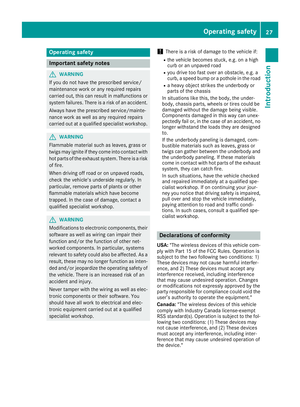 29
29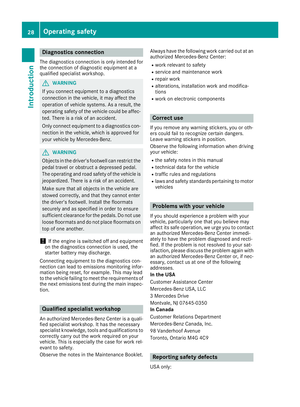 30
30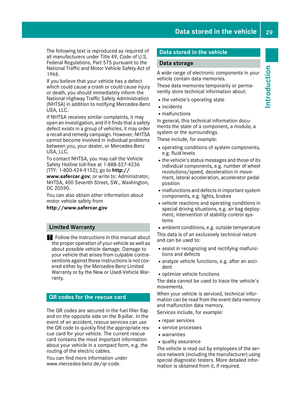 31
31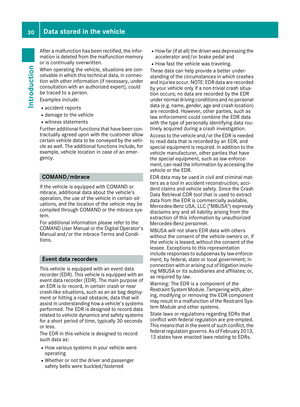 32
32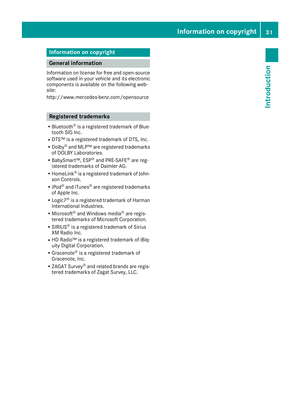 33
33 34
34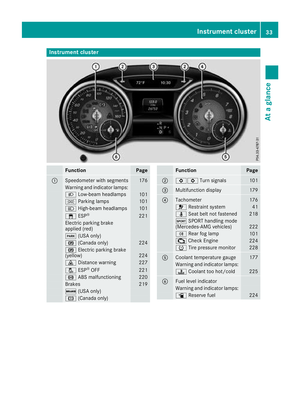 35
35 36
36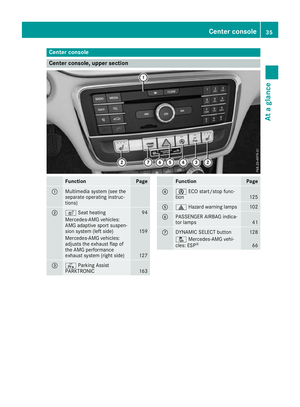 37
37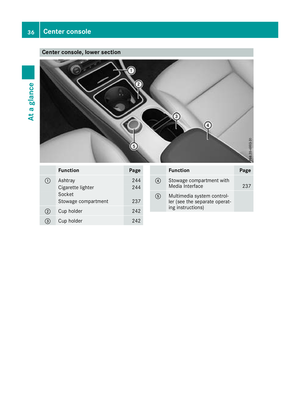 38
38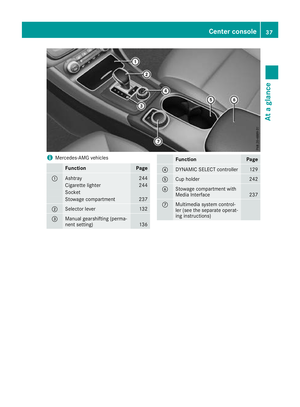 39
39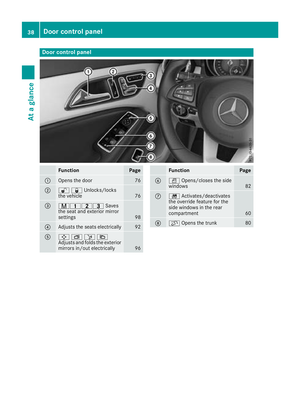 40
40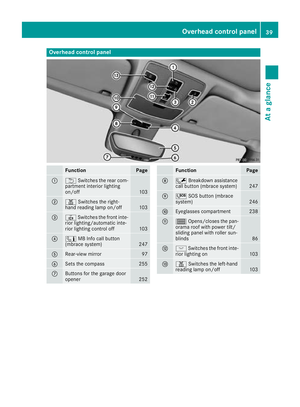 41
41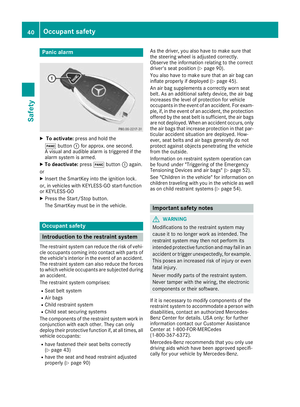 42
42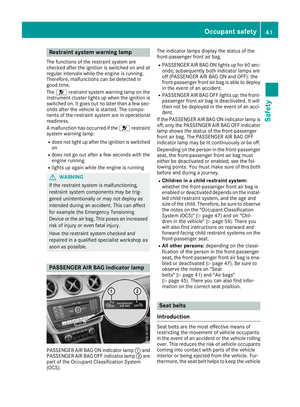 43
43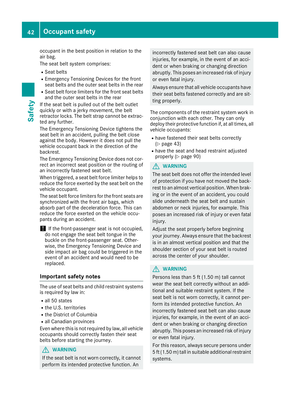 44
44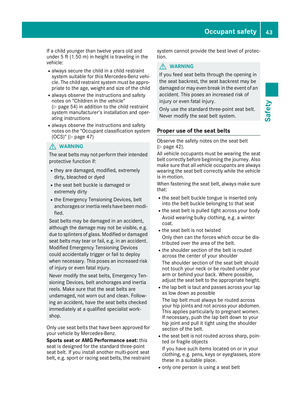 45
45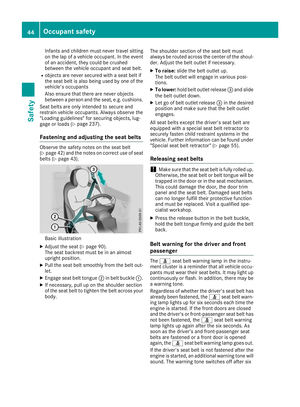 46
46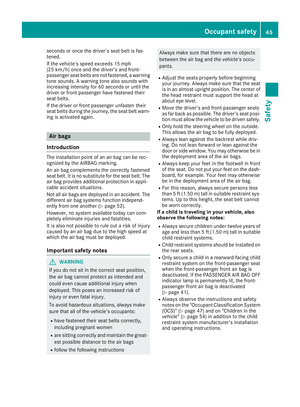 47
47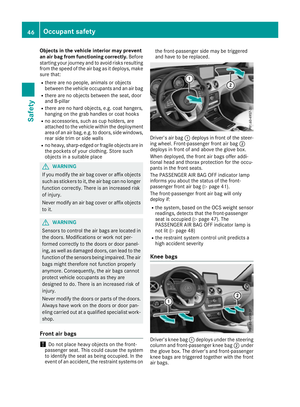 48
48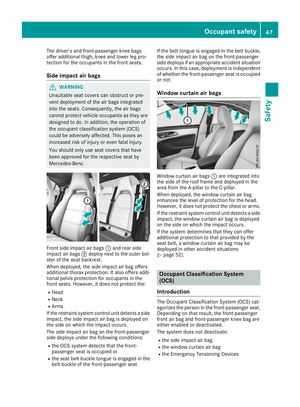 49
49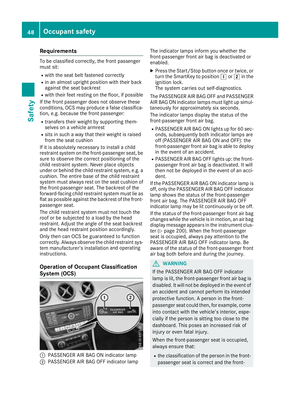 50
50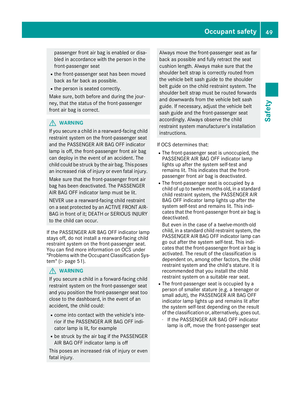 51
51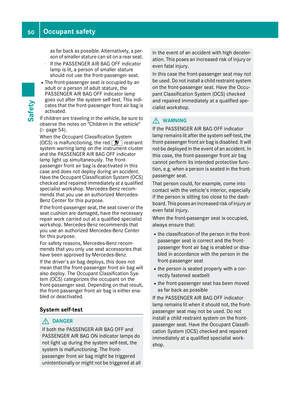 52
52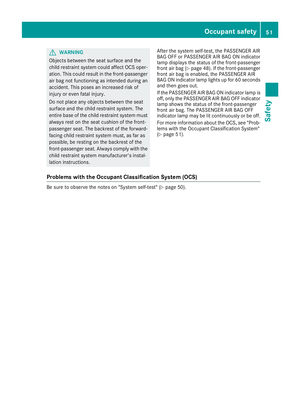 53
53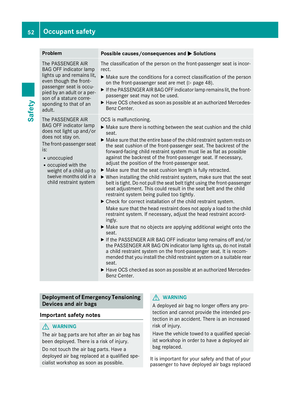 54
54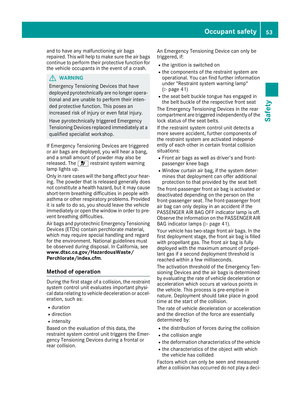 55
55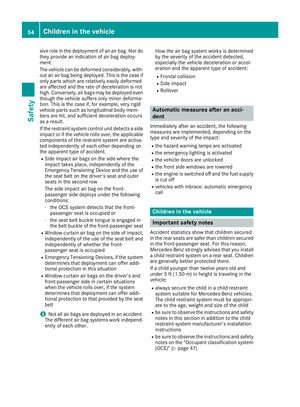 56
56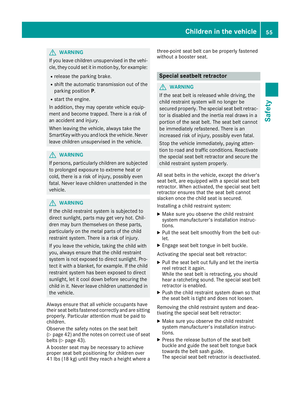 57
57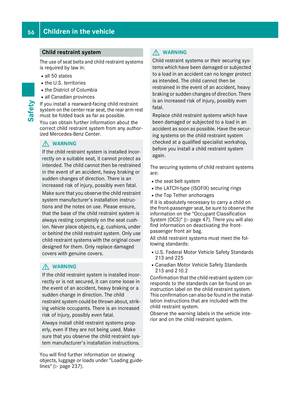 58
58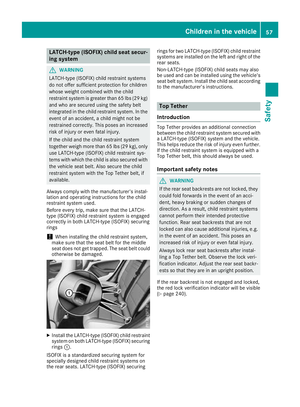 59
59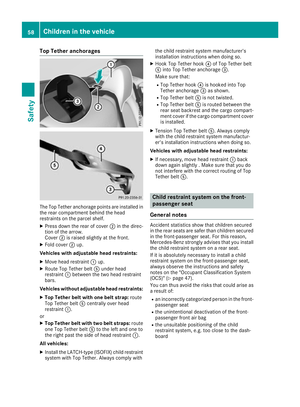 60
60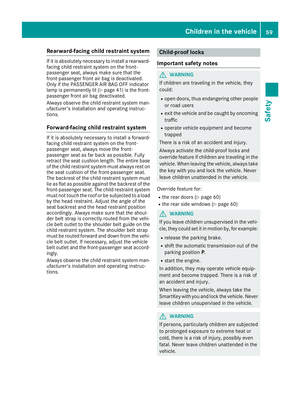 61
61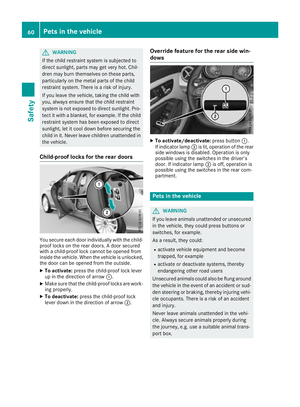 62
62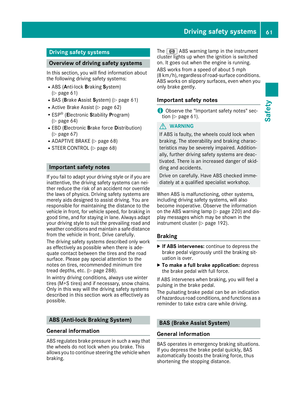 63
63 64
64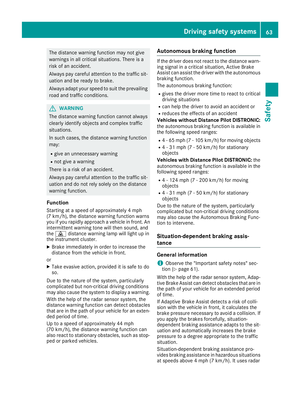 65
65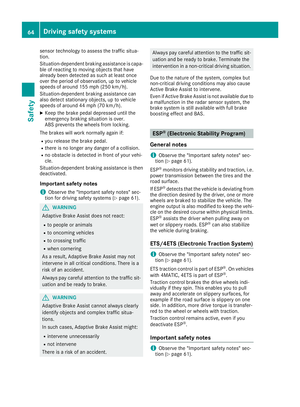 66
66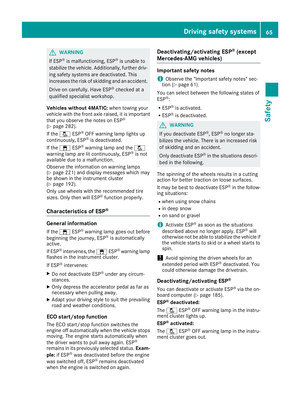 67
67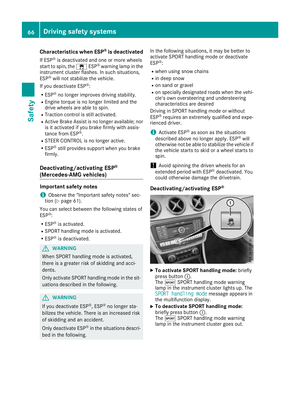 68
68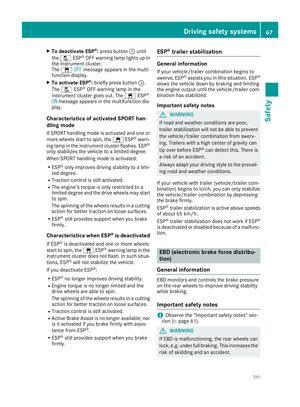 69
69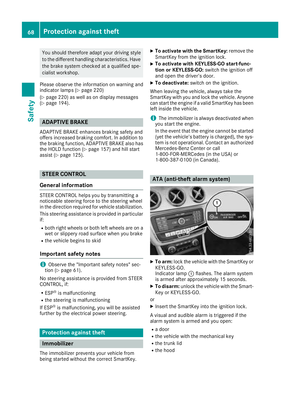 70
70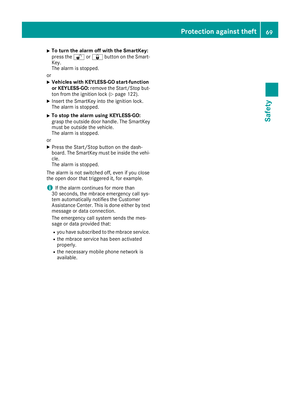 71
71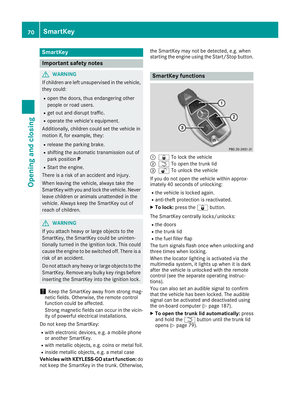 72
72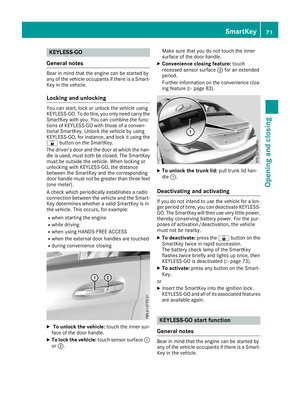 73
73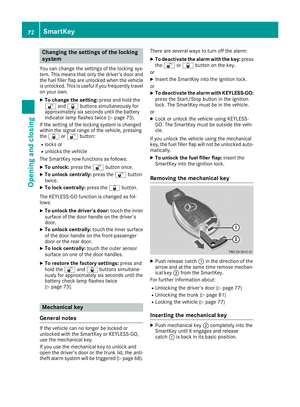 74
74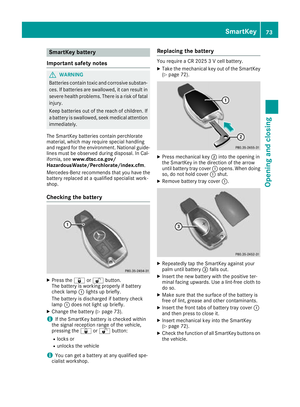 75
75 76
76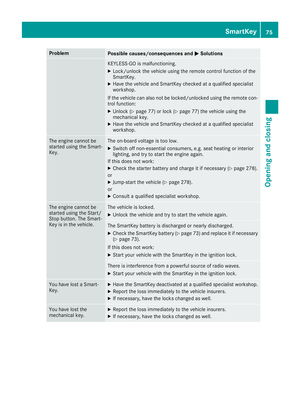 77
77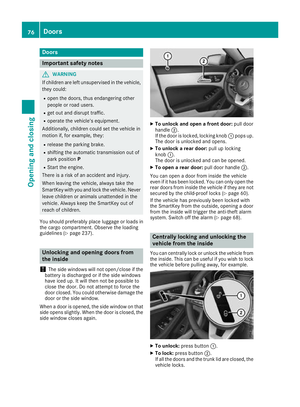 78
78 79
79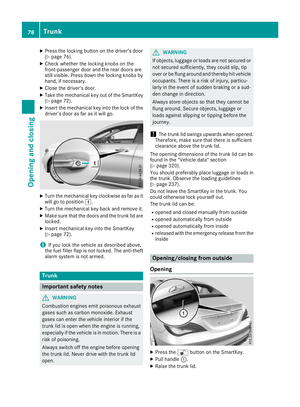 80
80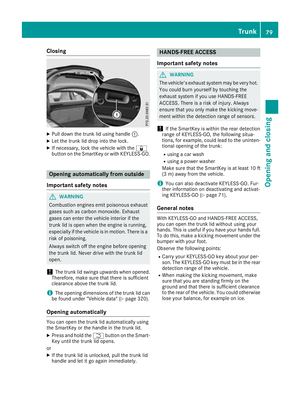 81
81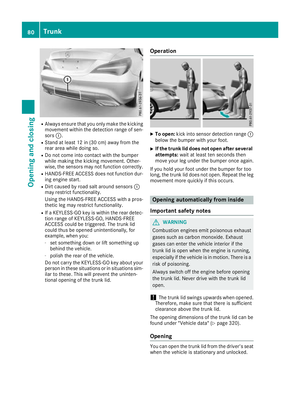 82
82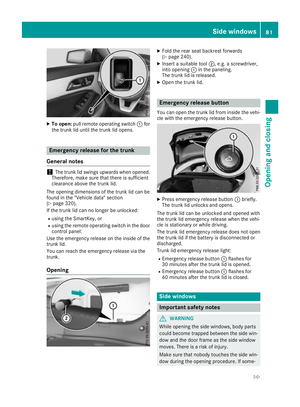 83
83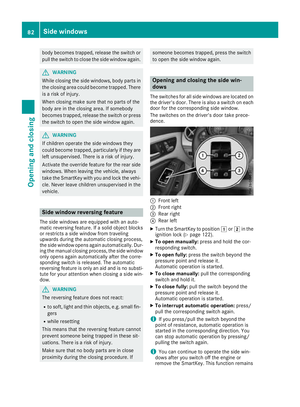 84
84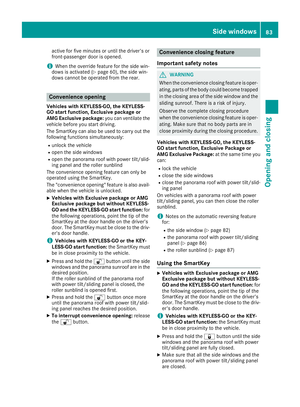 85
85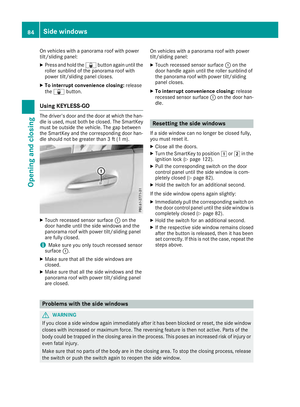 86
86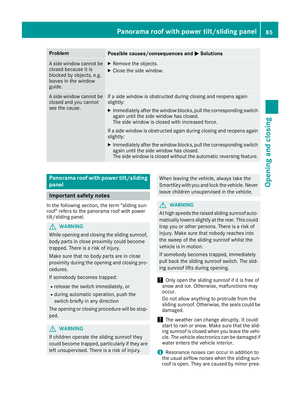 87
87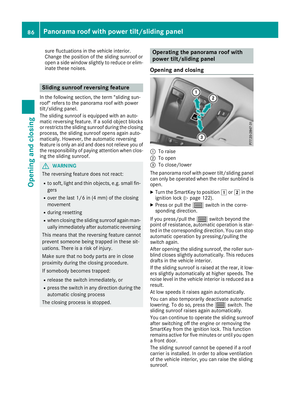 88
88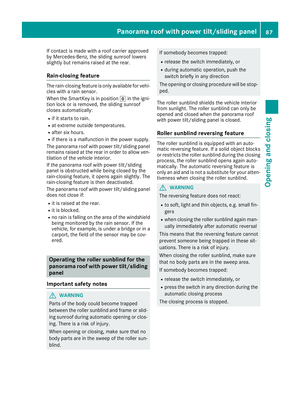 89
89 90
90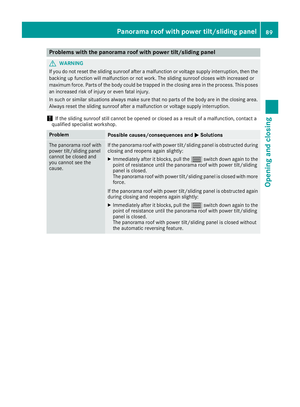 91
91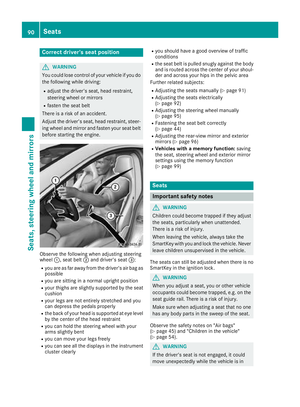 92
92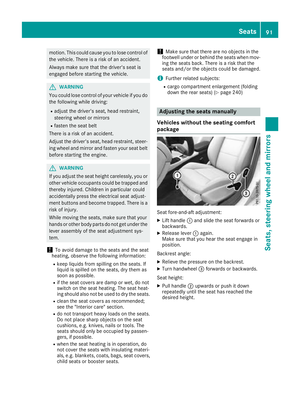 93
93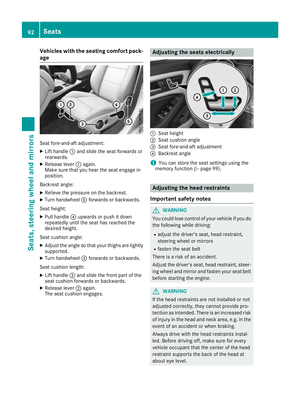 94
94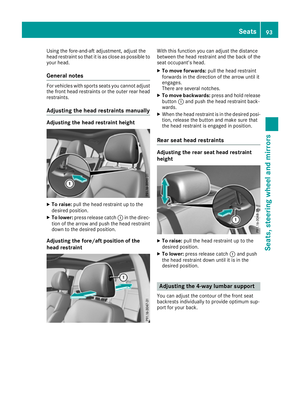 95
95 96
96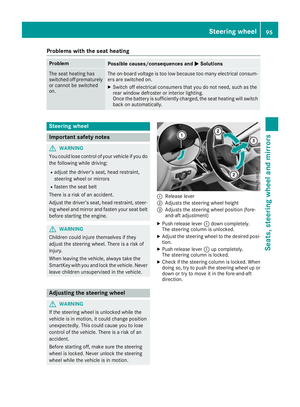 97
97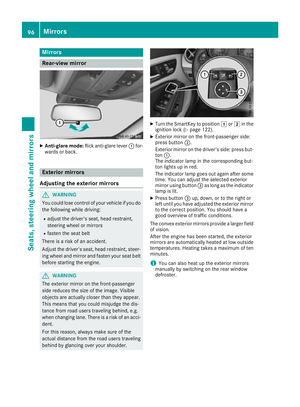 98
98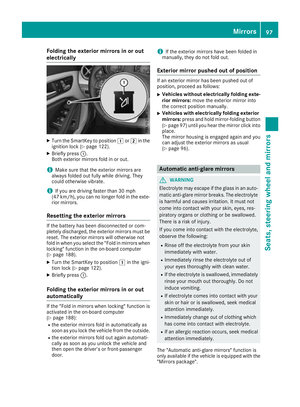 99
99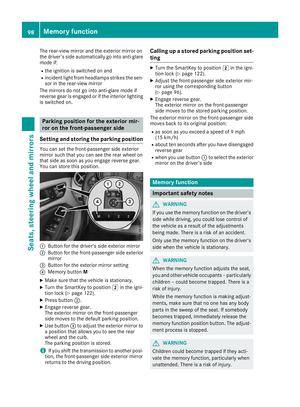 100
100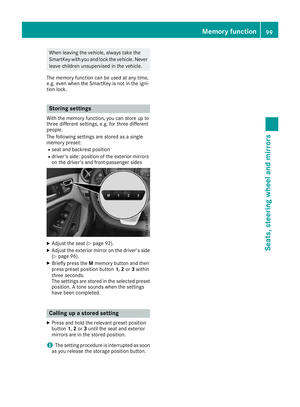 101
101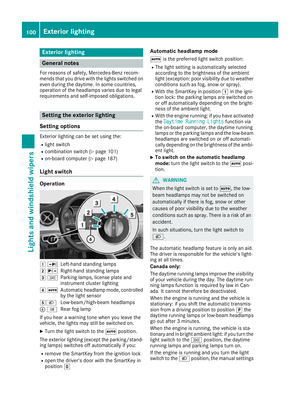 102
102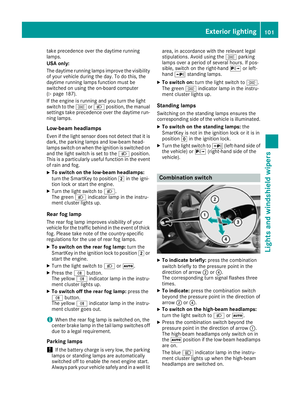 103
103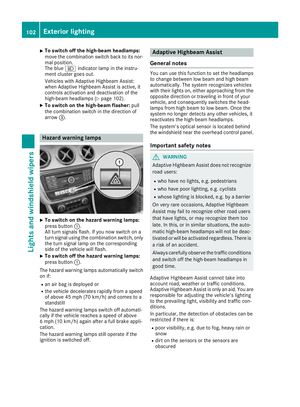 104
104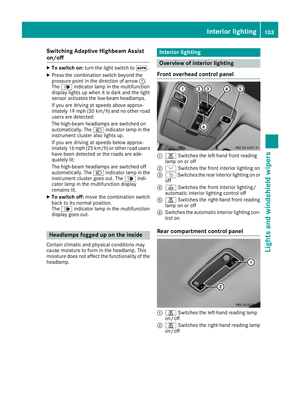 105
105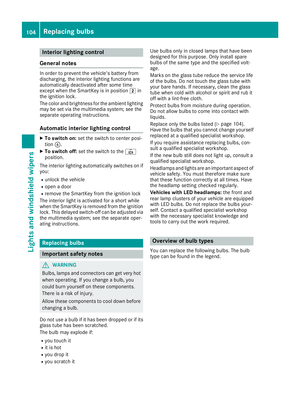 106
106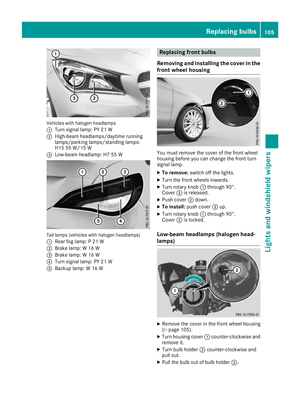 107
107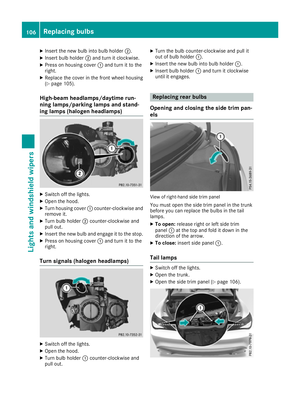 108
108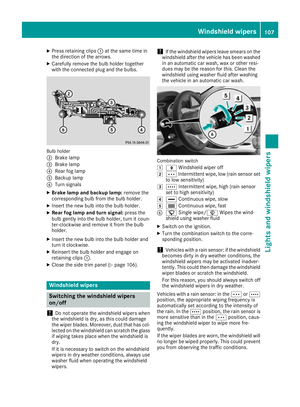 109
109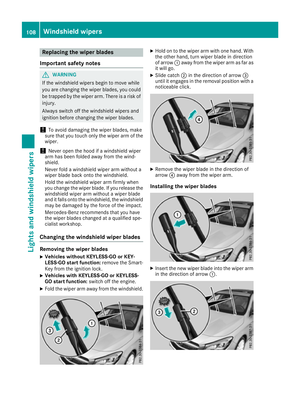 110
110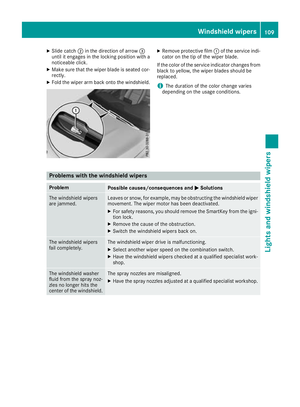 111
111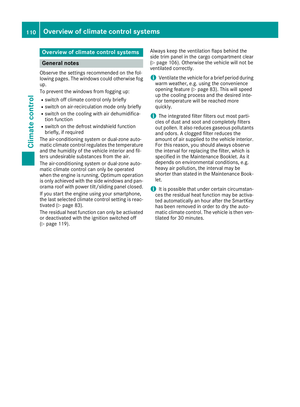 112
112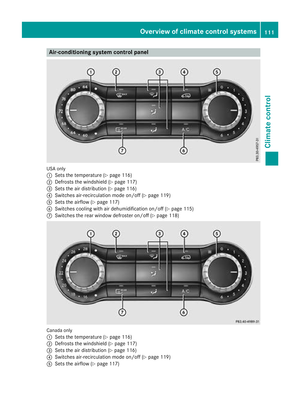 113
113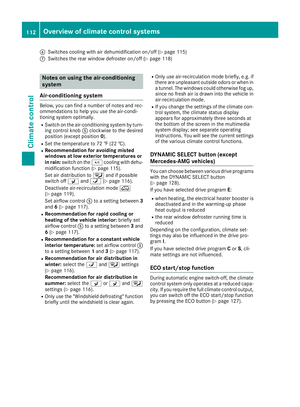 114
114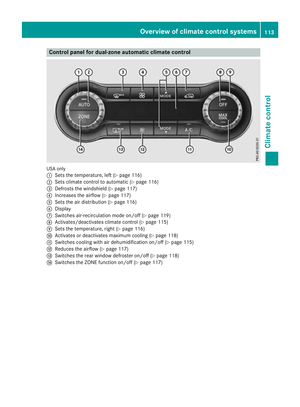 115
115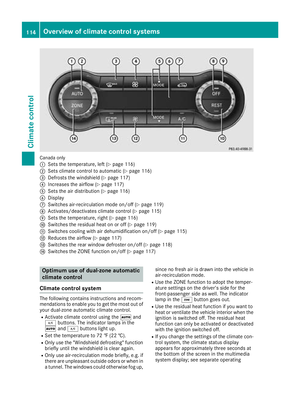 116
116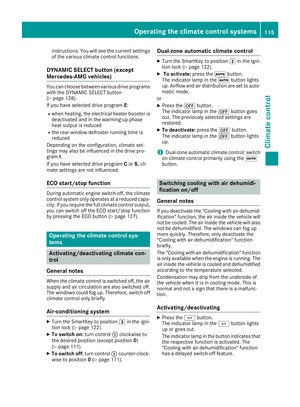 117
117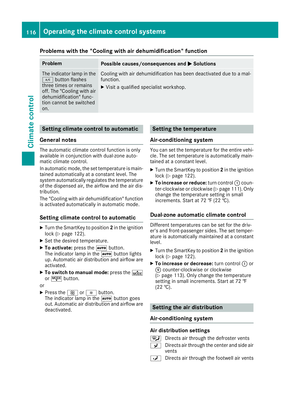 118
118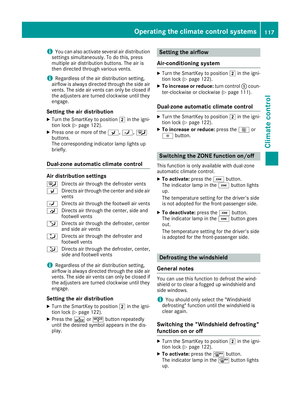 119
119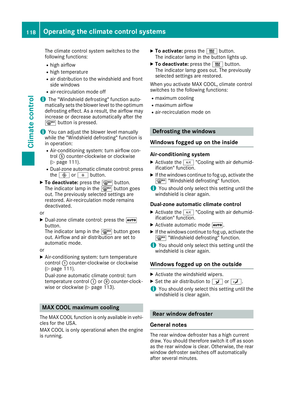 120
120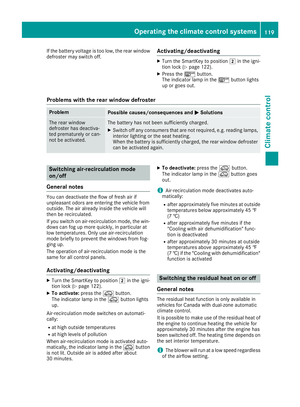 121
121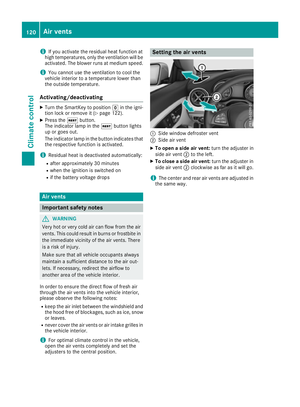 122
122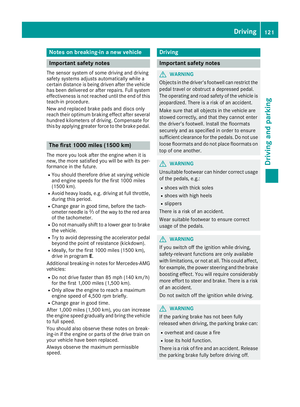 123
123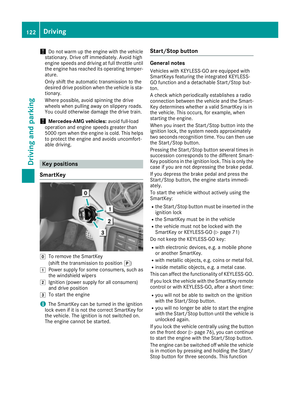 124
124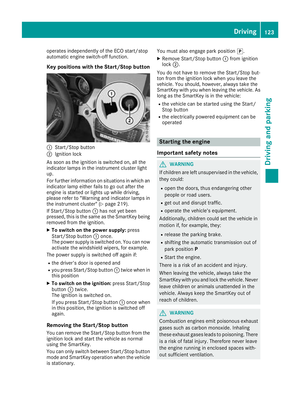 125
125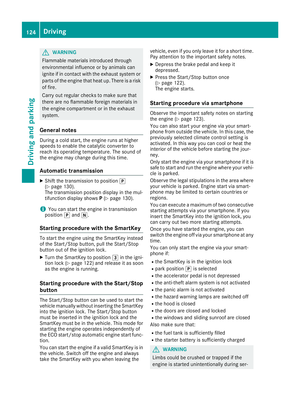 126
126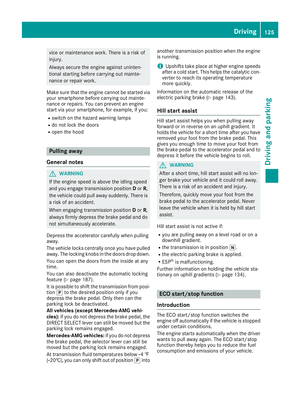 127
127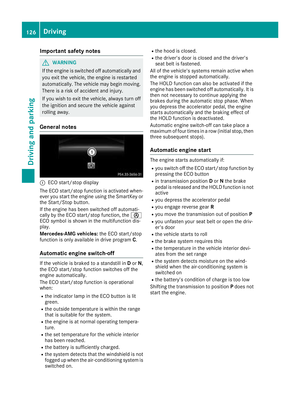 128
128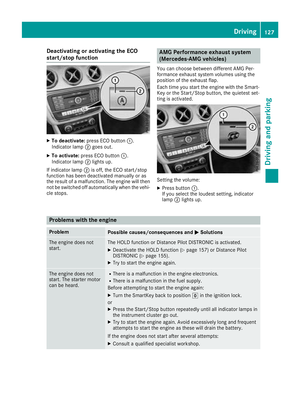 129
129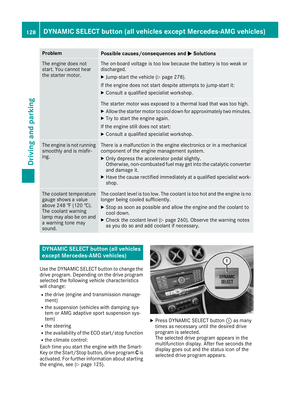 130
130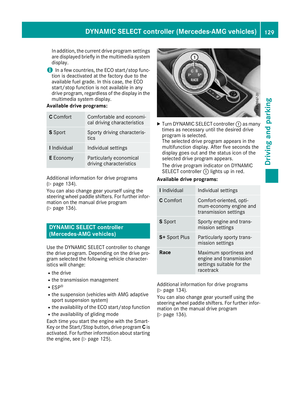 131
131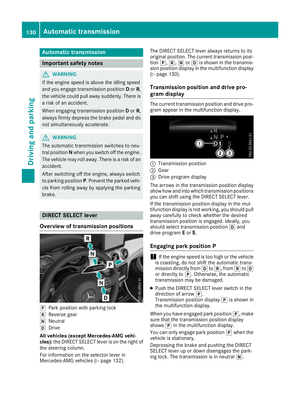 132
132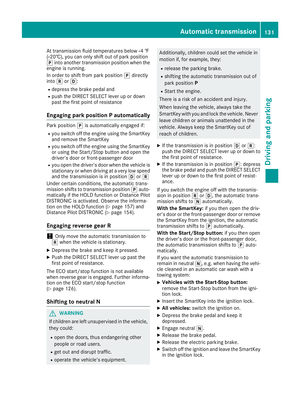 133
133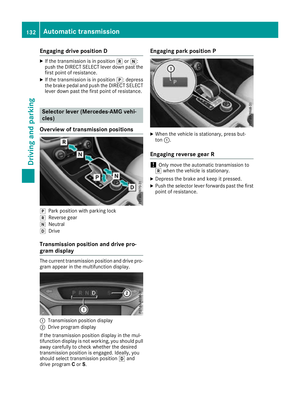 134
134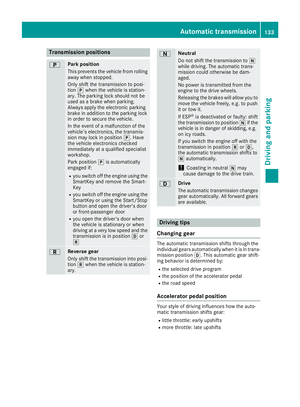 135
135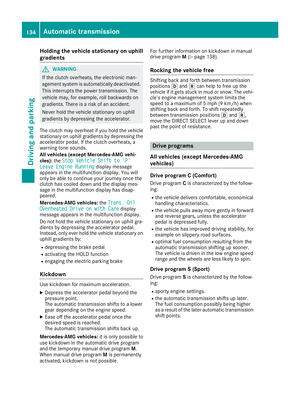 136
136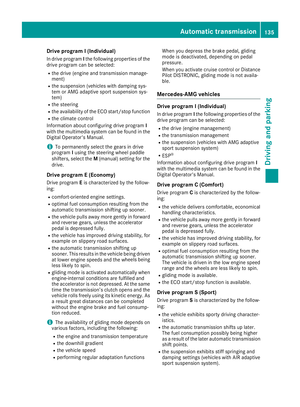 137
137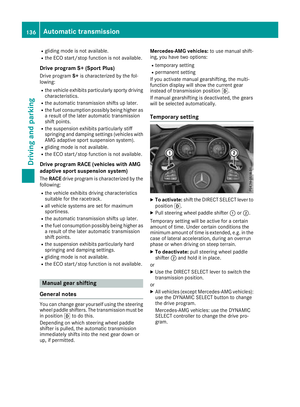 138
138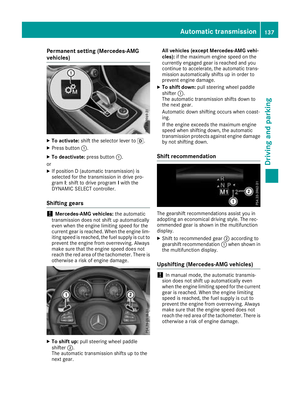 139
139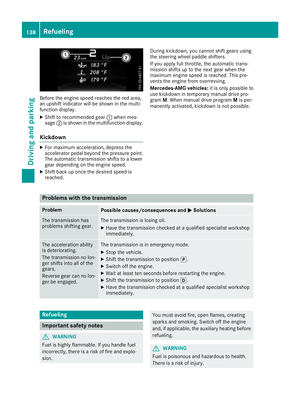 140
140 141
141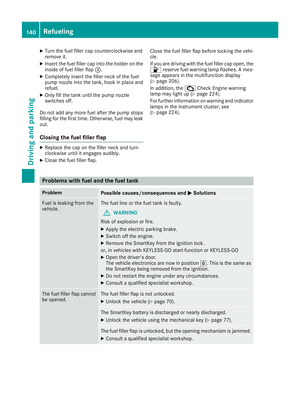 142
142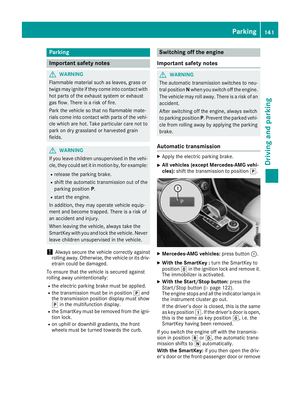 143
143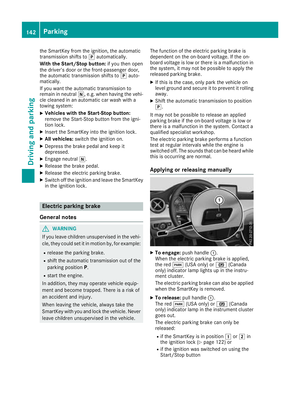 144
144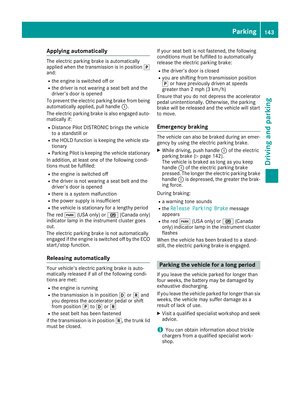 145
145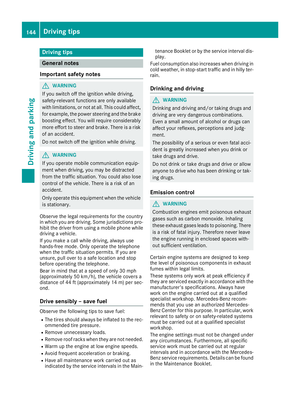 146
146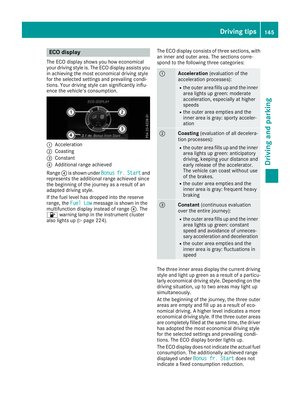 147
147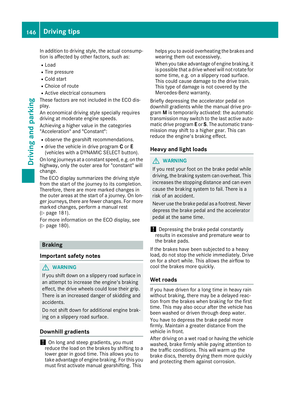 148
148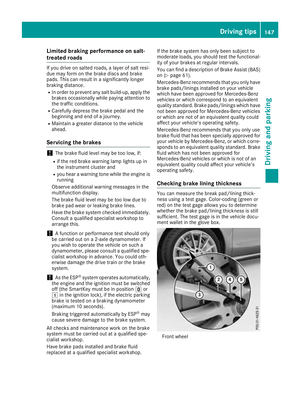 149
149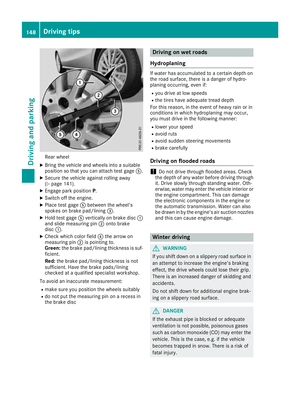 150
150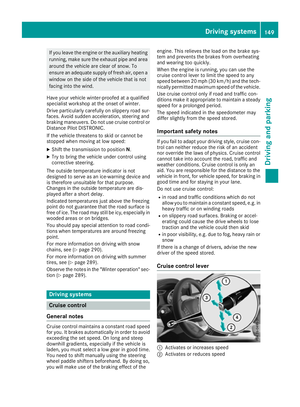 151
151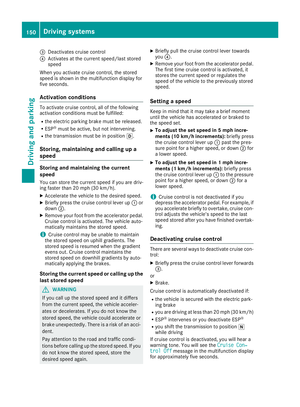 152
152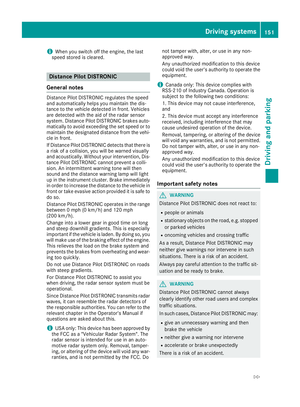 153
153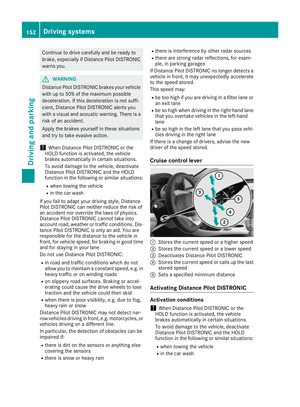 154
154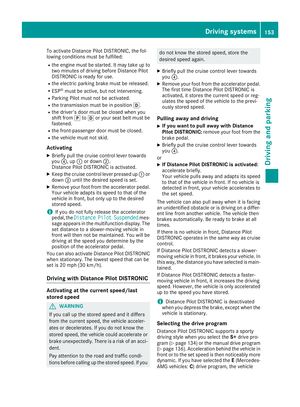 155
155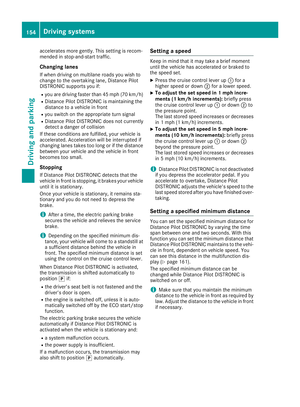 156
156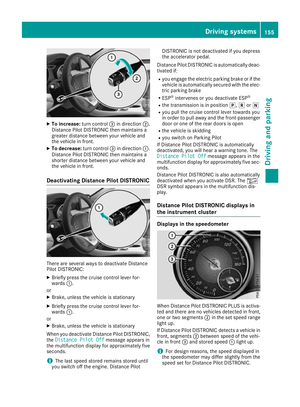 157
157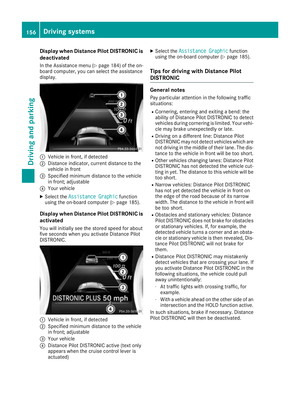 158
158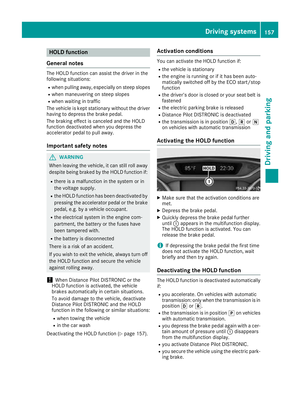 159
159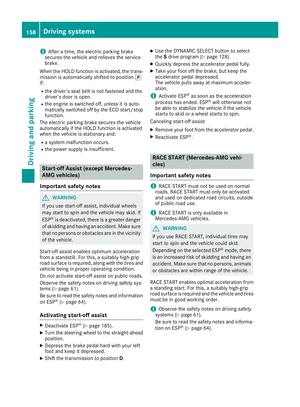 160
160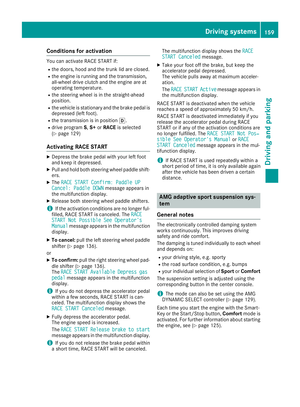 161
161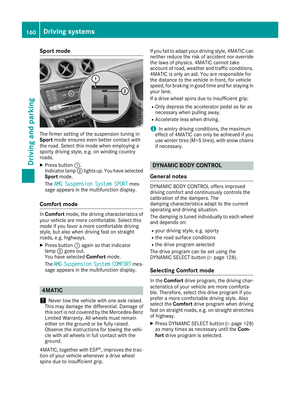 162
162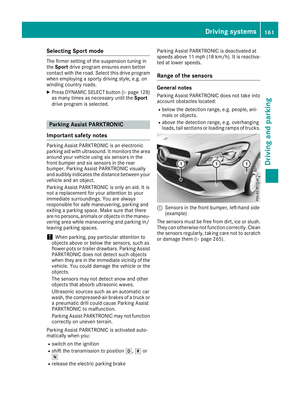 163
163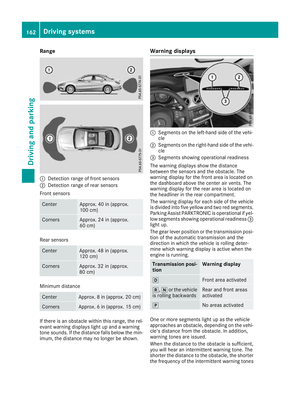 164
164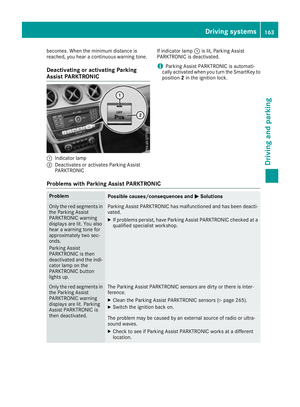 165
165 166
166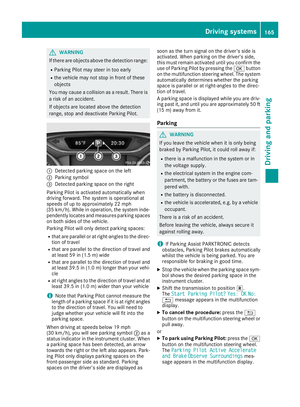 167
167 168
168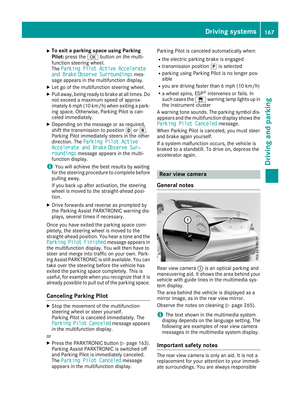 169
169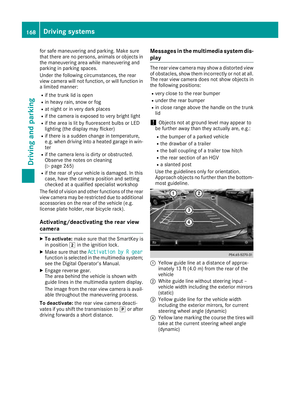 170
170 171
171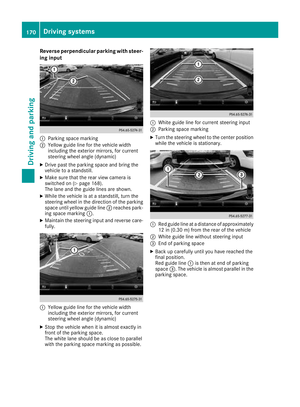 172
172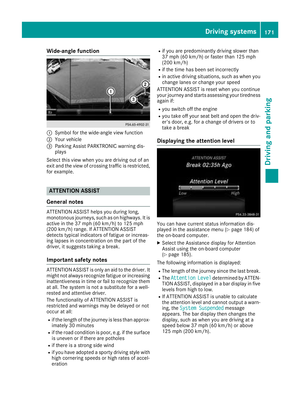 173
173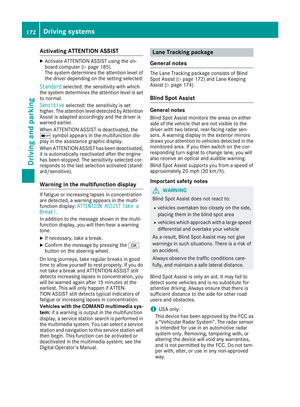 174
174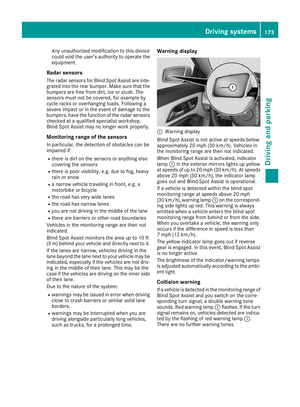 175
175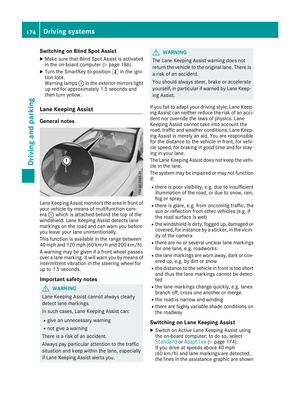 176
176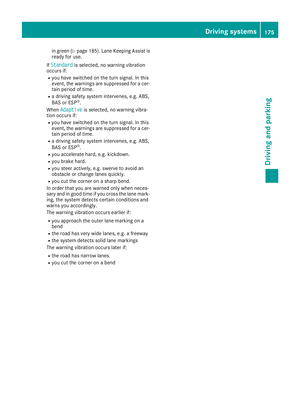 177
177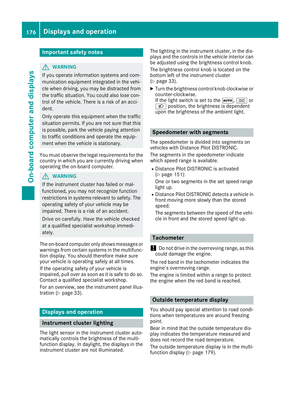 178
178 179
179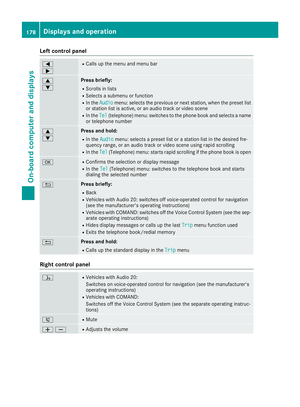 180
180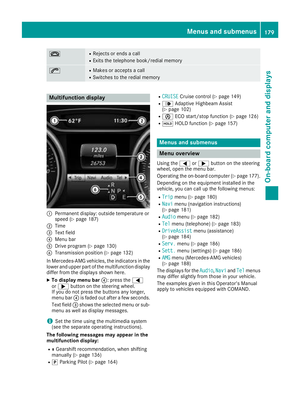 181
181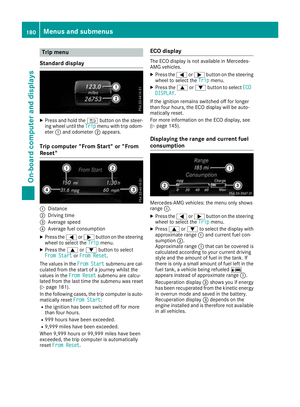 182
182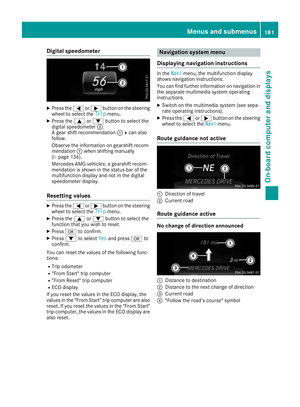 183
183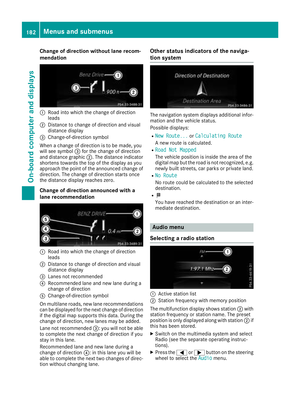 184
184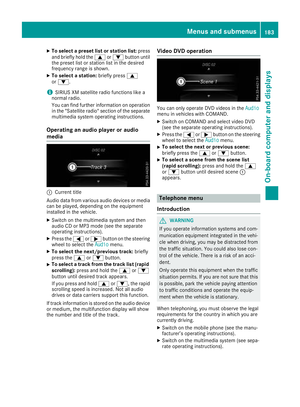 185
185 186
186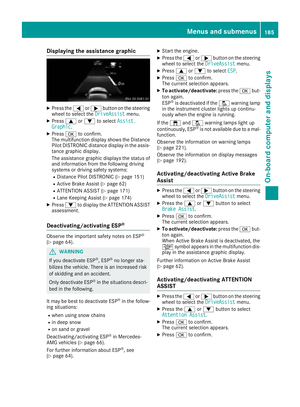 187
187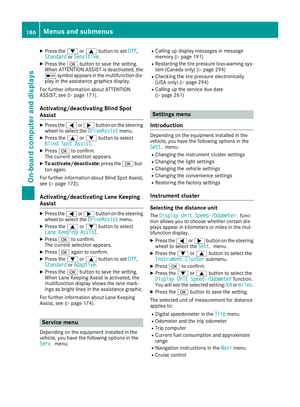 188
188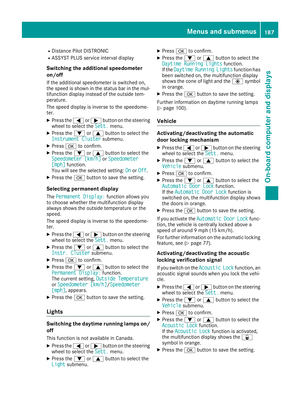 189
189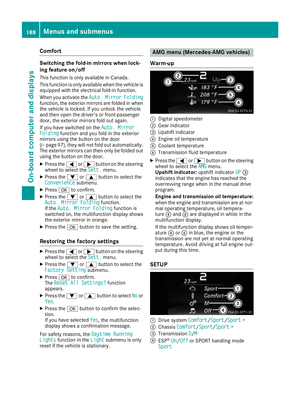 190
190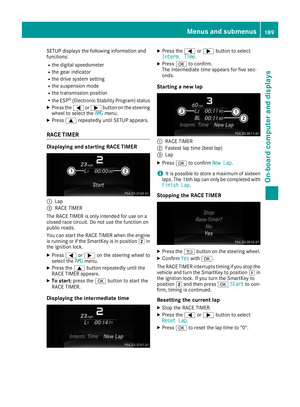 191
191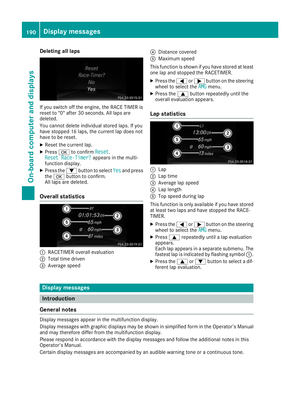 192
192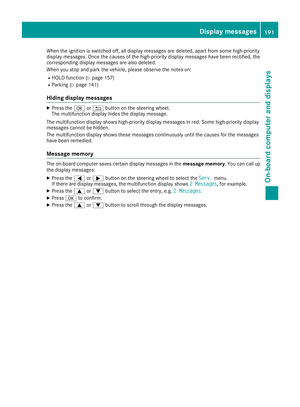 193
193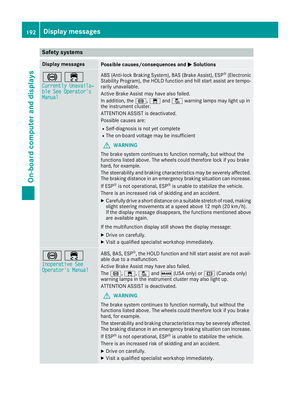 194
194 195
195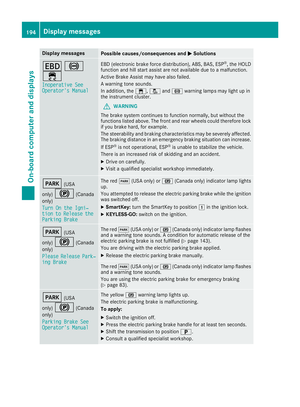 196
196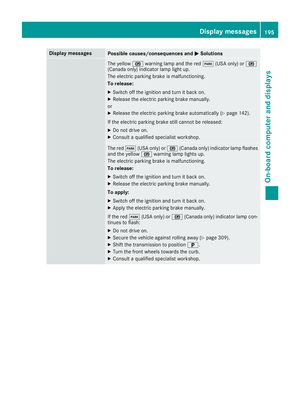 197
197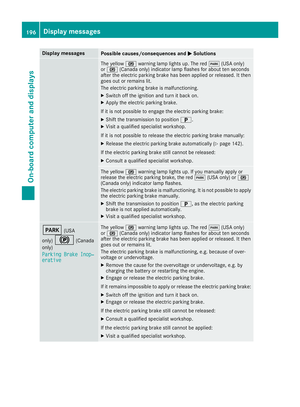 198
198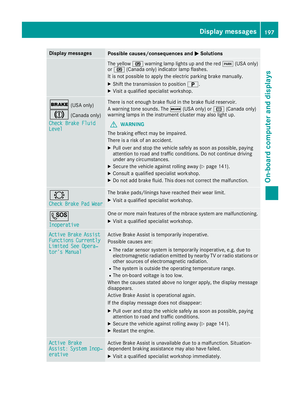 199
199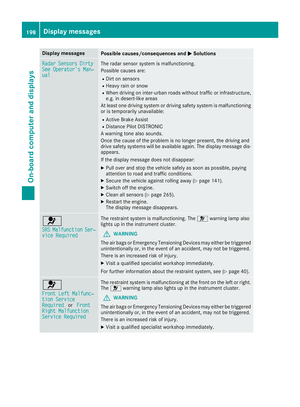 200
200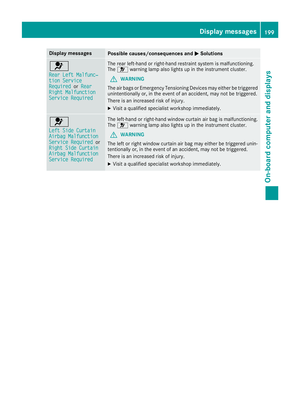 201
201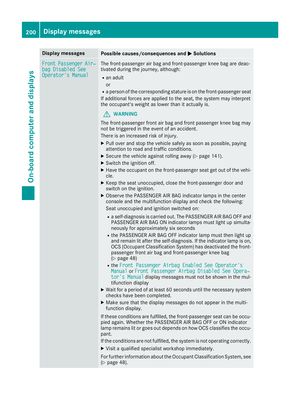 202
202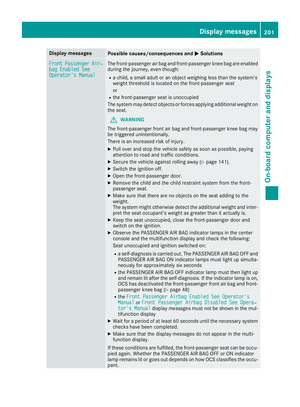 203
203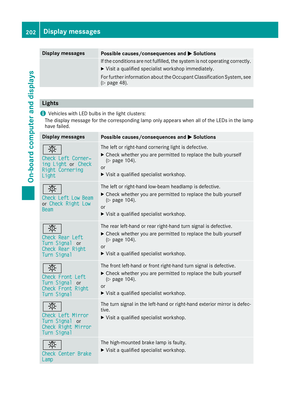 204
204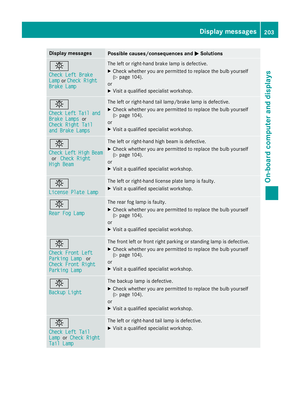 205
205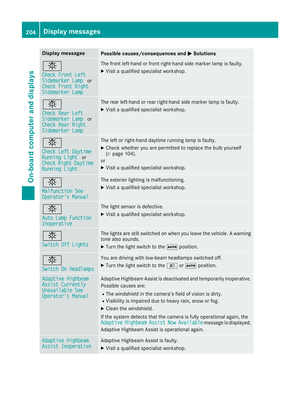 206
206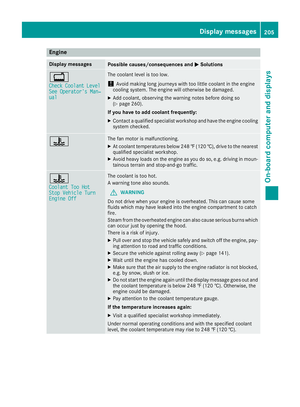 207
207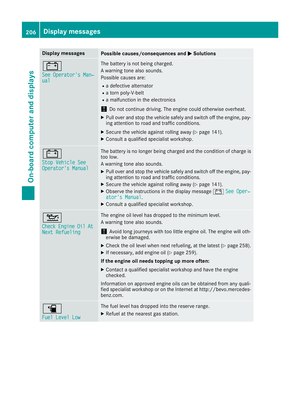 208
208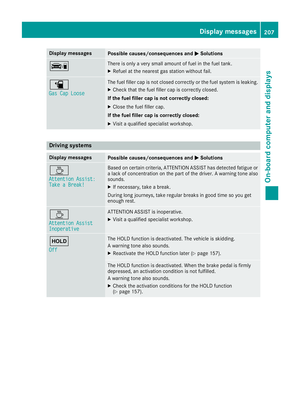 209
209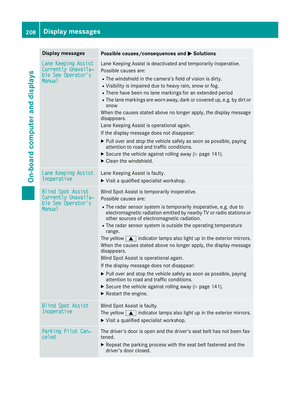 210
210 211
211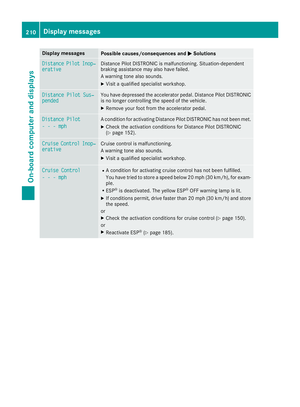 212
212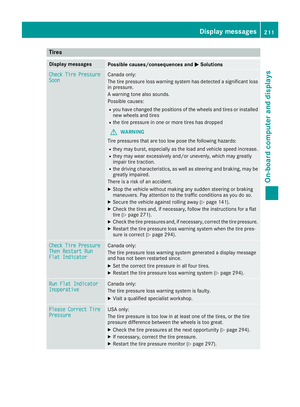 213
213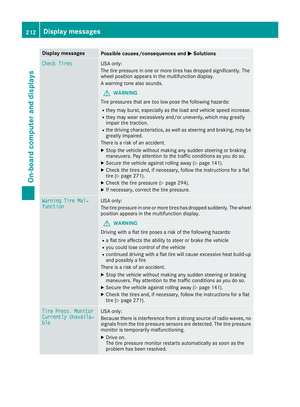 214
214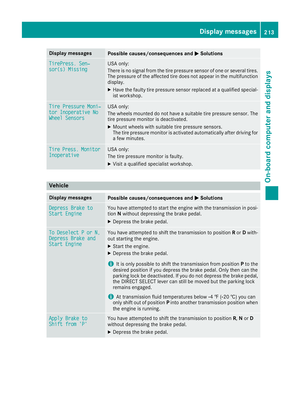 215
215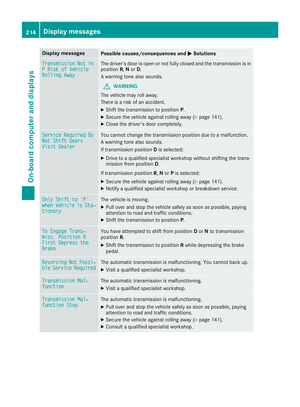 216
216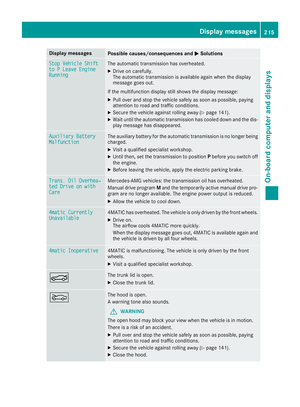 217
217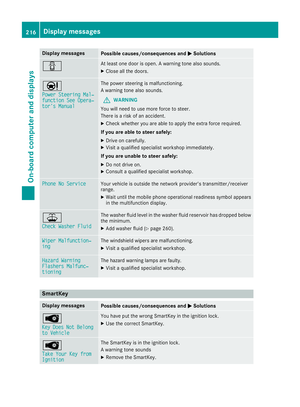 218
218 219
219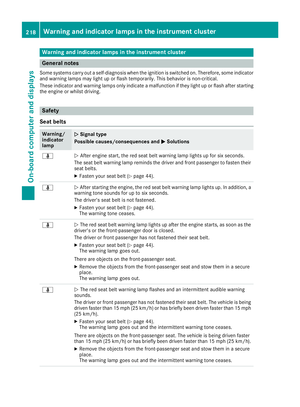 220
220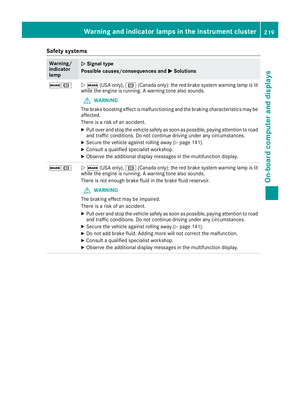 221
221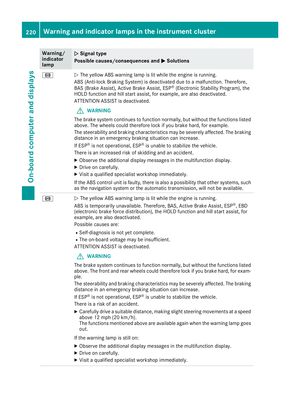 222
222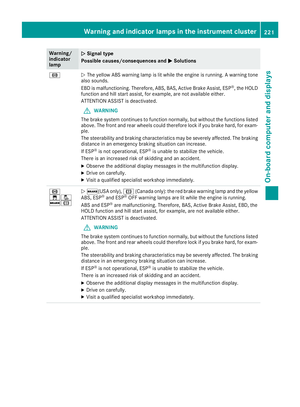 223
223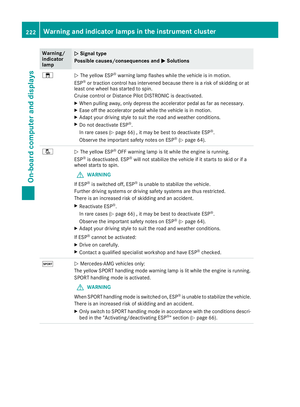 224
224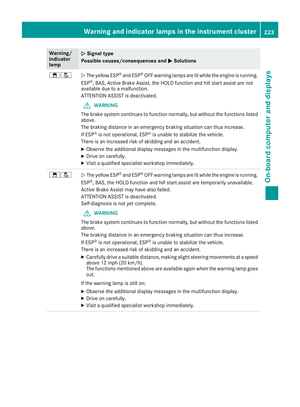 225
225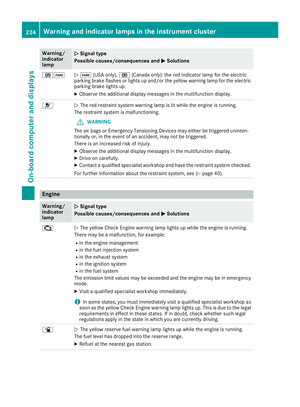 226
226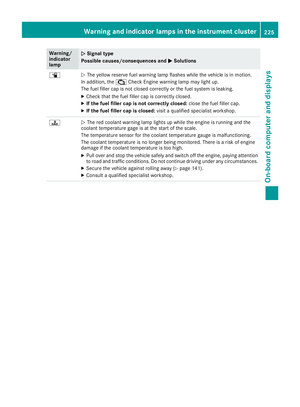 227
227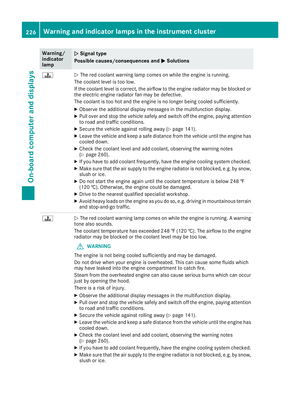 228
228 229
229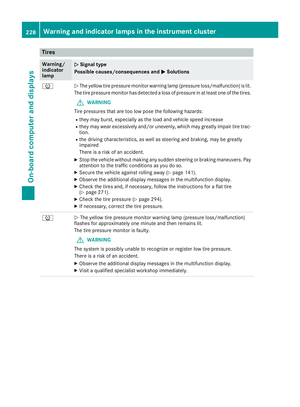 230
230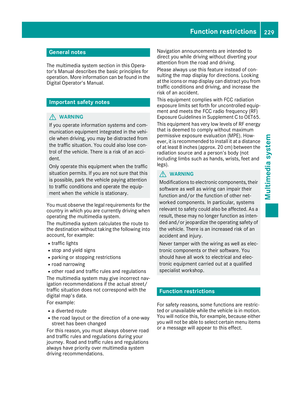 231
231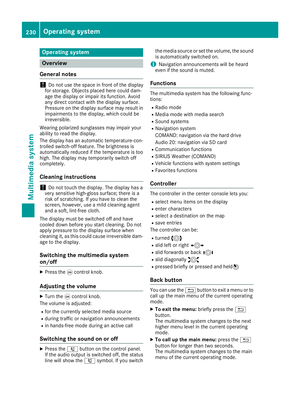 232
232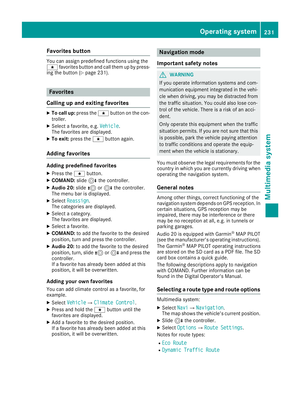 233
233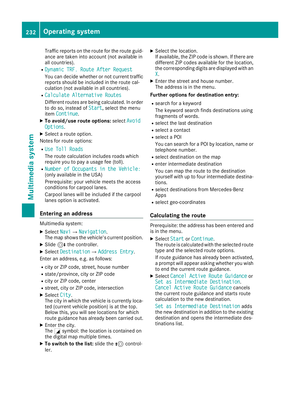 234
234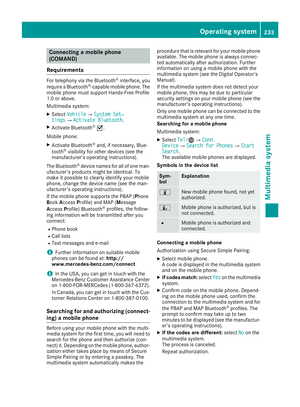 235
235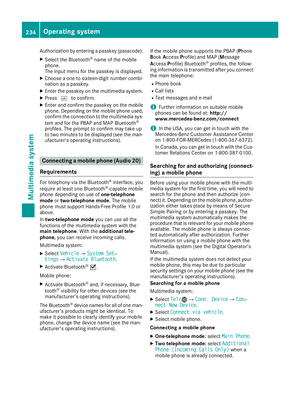 236
236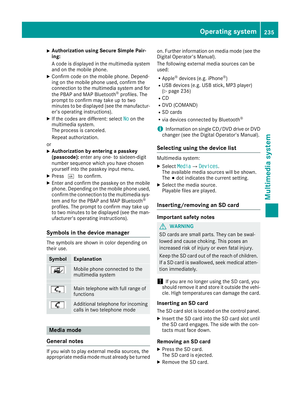 237
237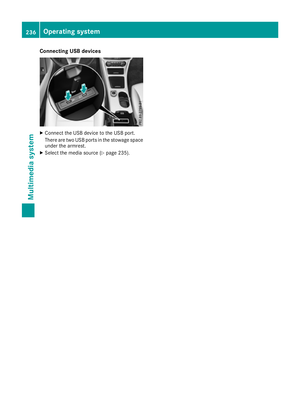 238
238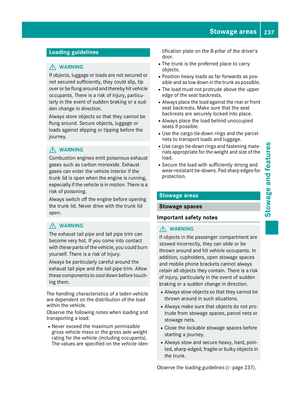 239
239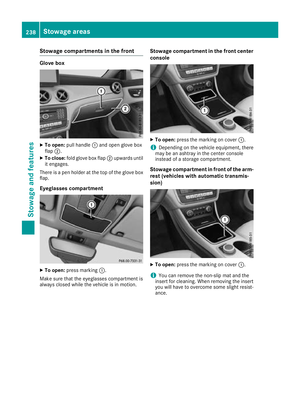 240
240 241
241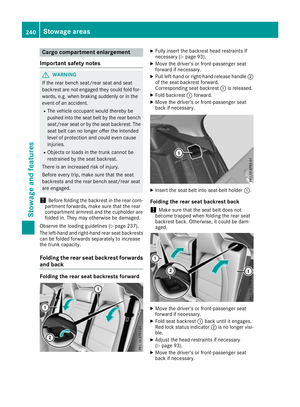 242
242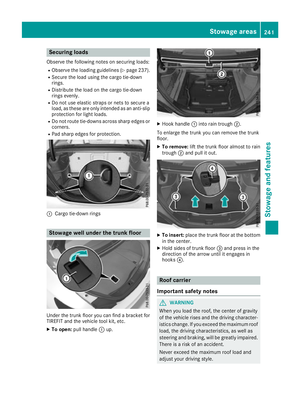 243
243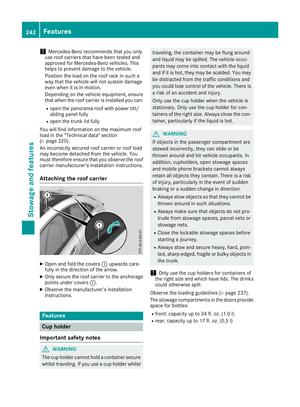 244
244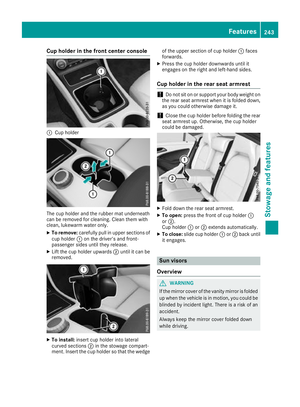 245
245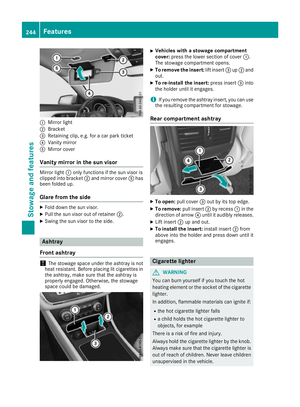 246
246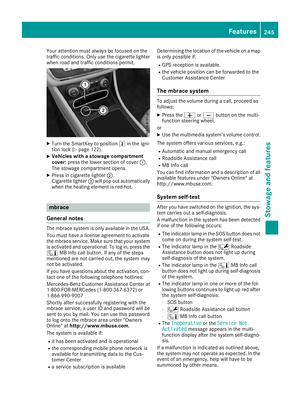 247
247 248
248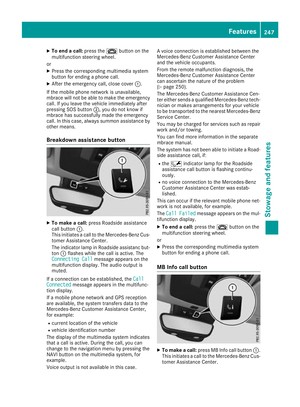 249
249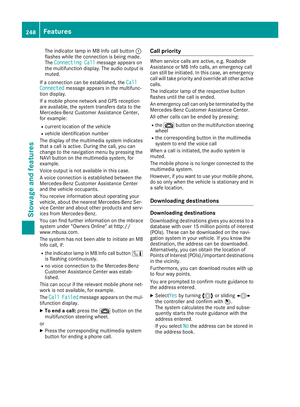 250
250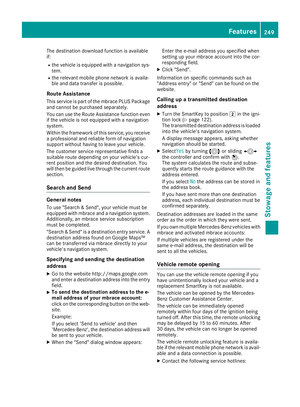 251
251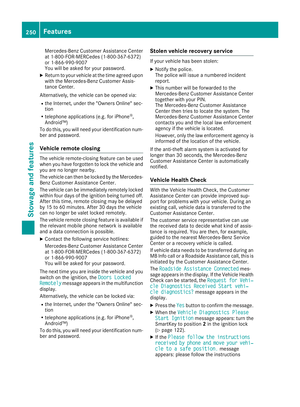 252
252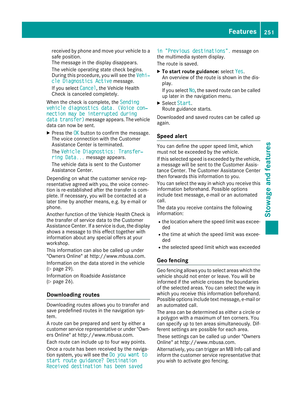 253
253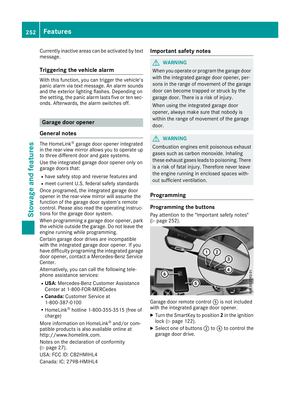 254
254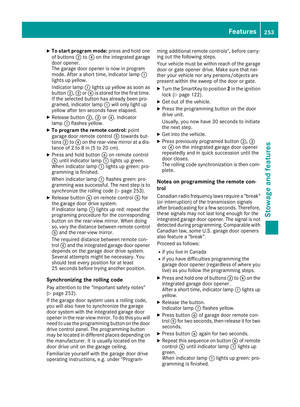 255
255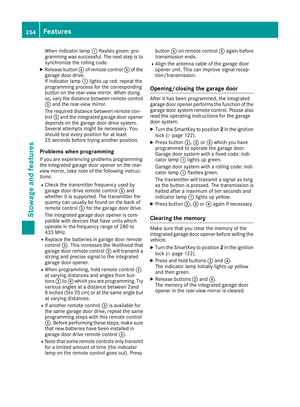 256
256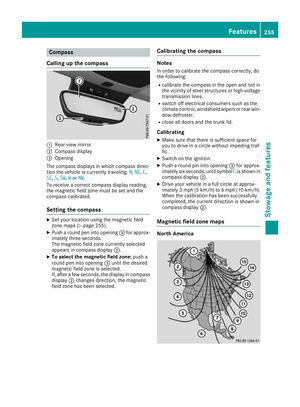 257
257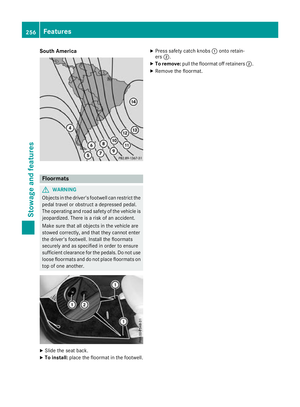 258
258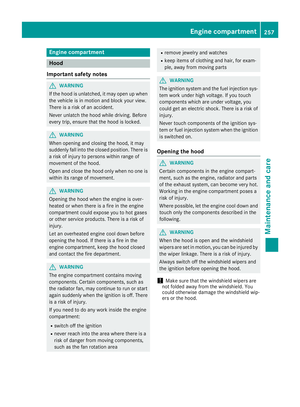 259
259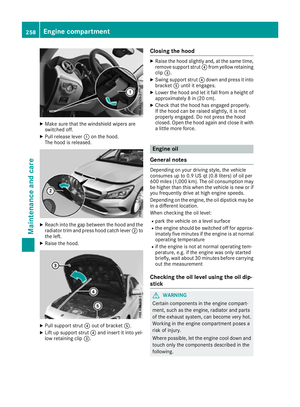 260
260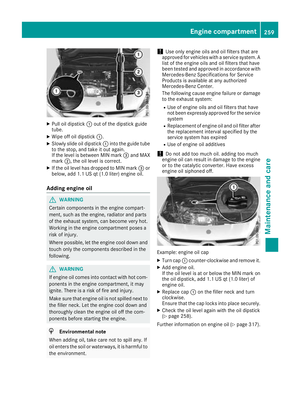 261
261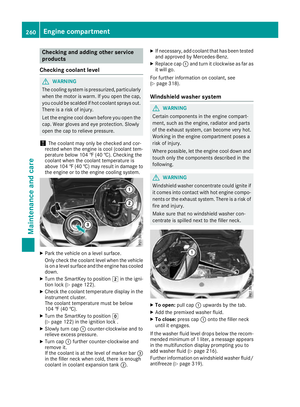 262
262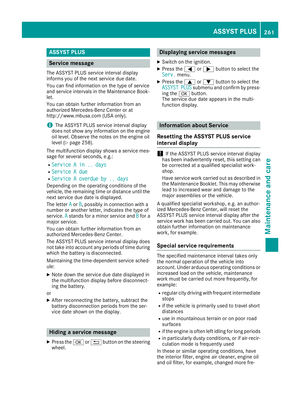 263
263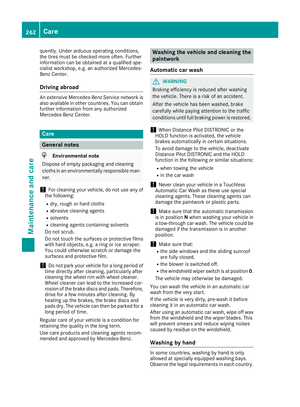 264
264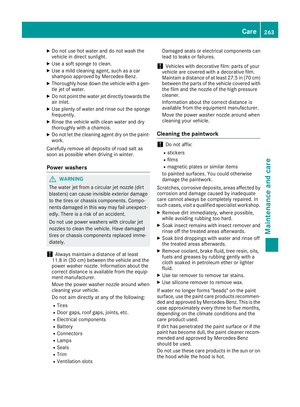 265
265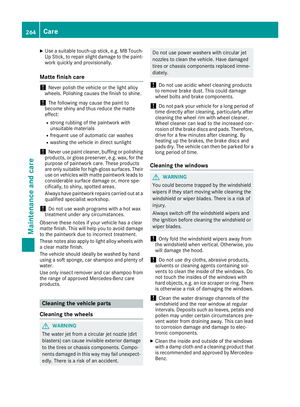 266
266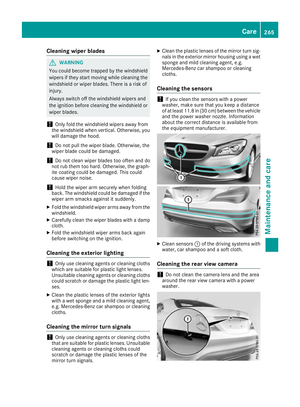 267
267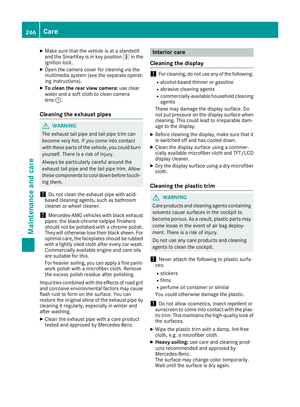 268
268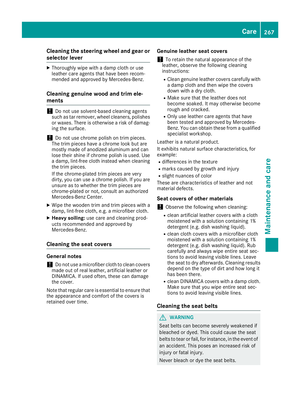 269
269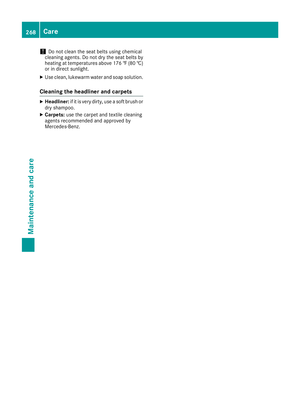 270
270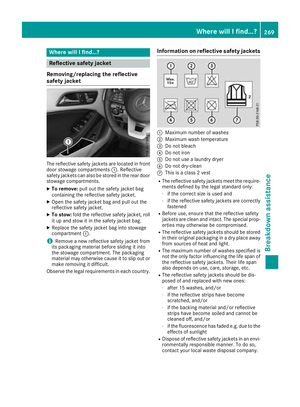 271
271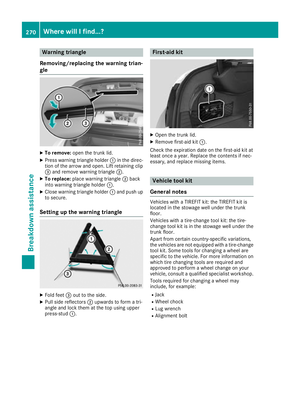 272
272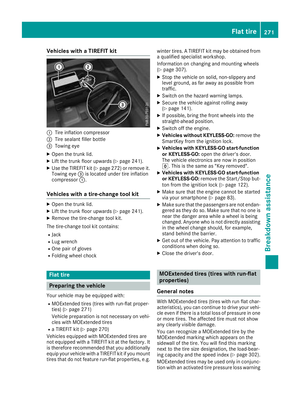 273
273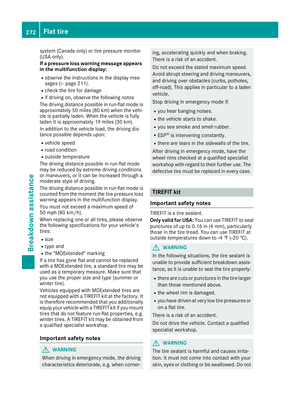 274
274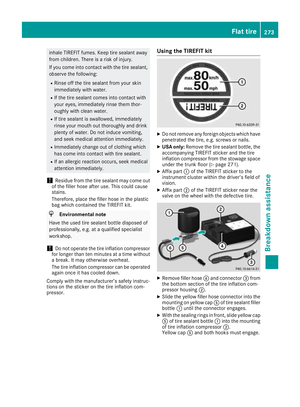 275
275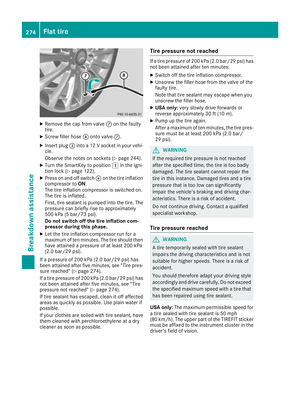 276
276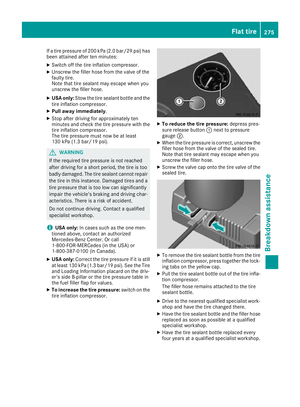 277
277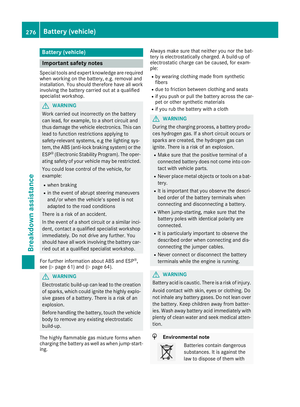 278
278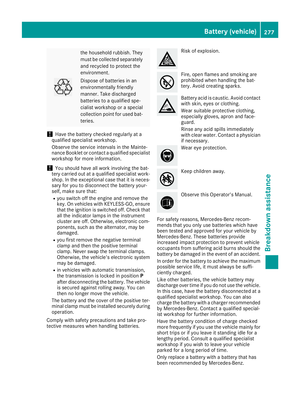 279
279 280
280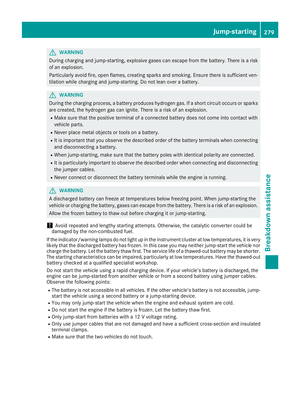 281
281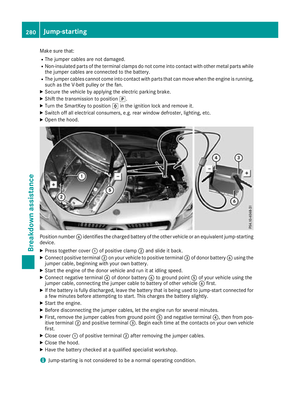 282
282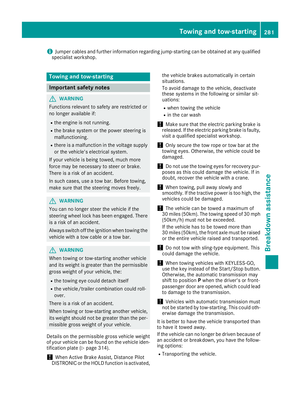 283
283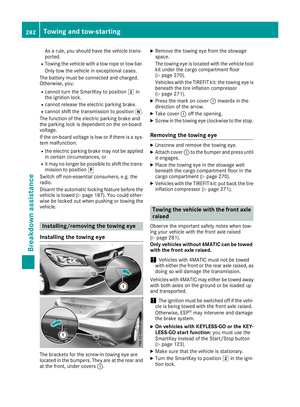 284
284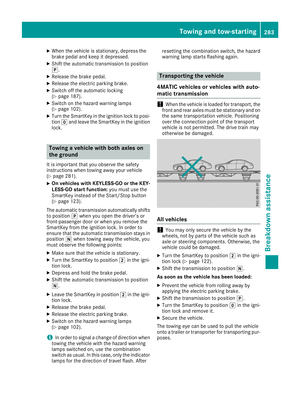 285
285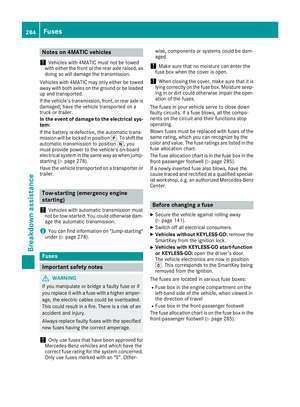 286
286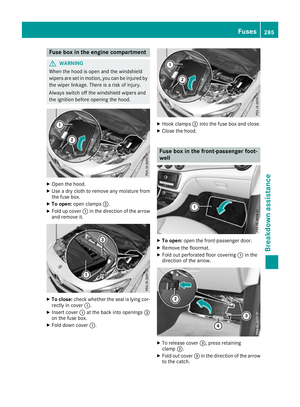 287
287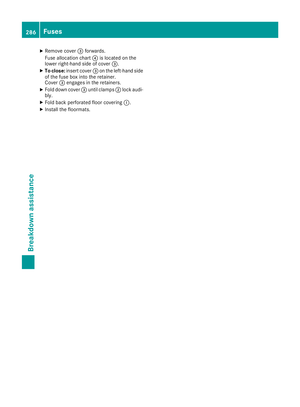 288
288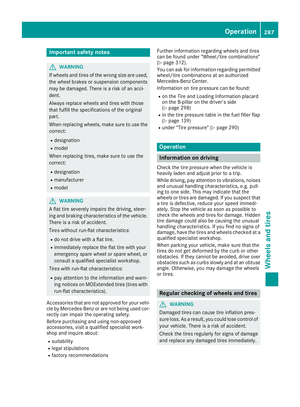 289
289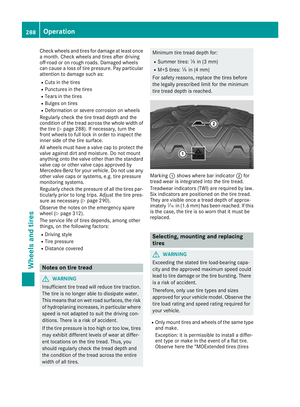 290
290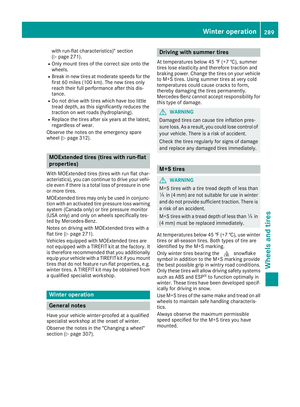 291
291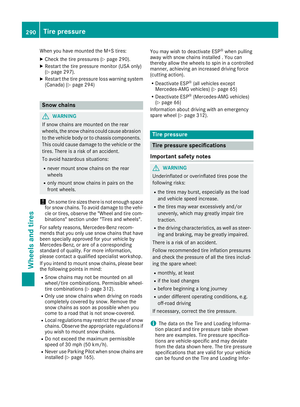 292
292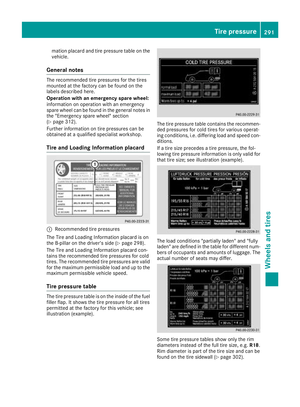 293
293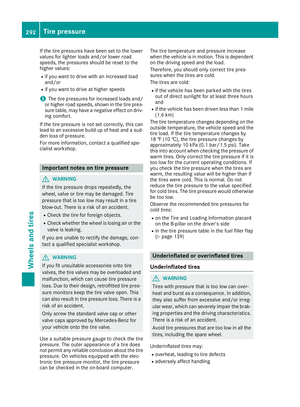 294
294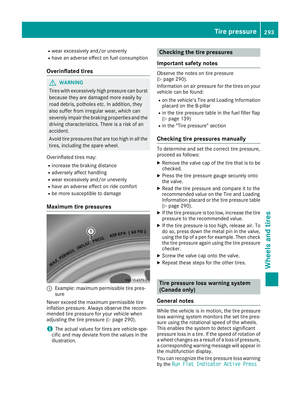 295
295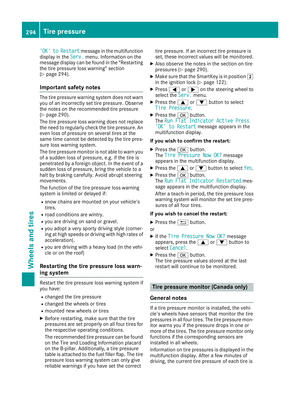 296
296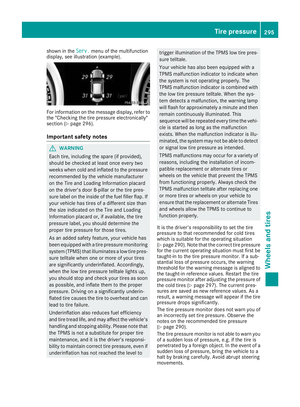 297
297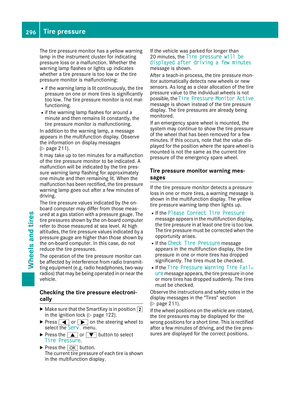 298
298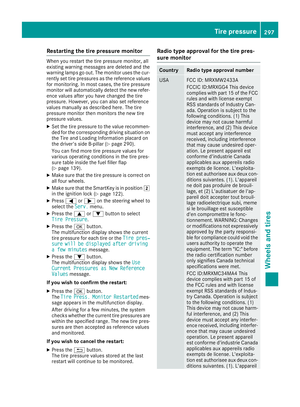 299
299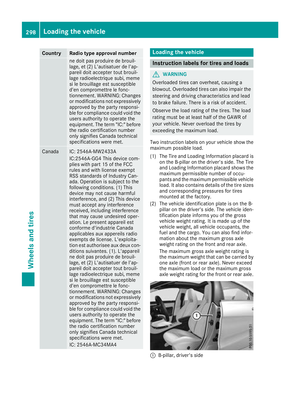 300
300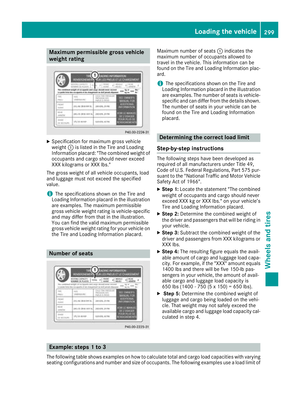 301
301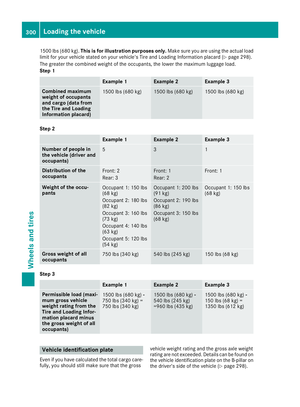 302
302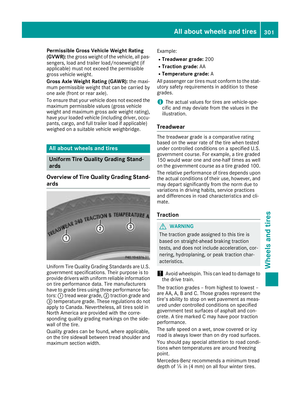 303
303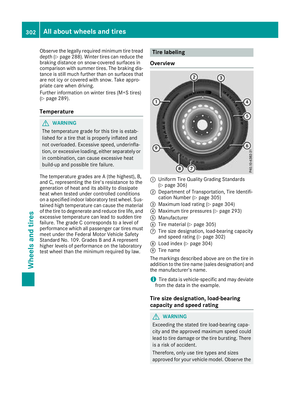 304
304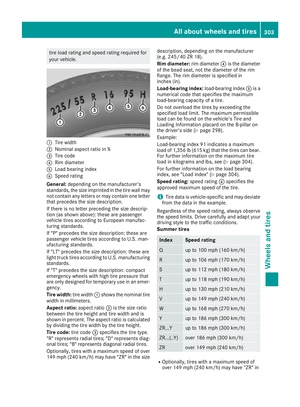 305
305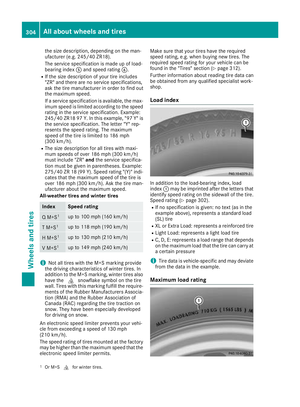 306
306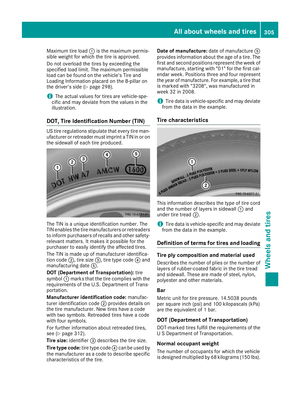 307
307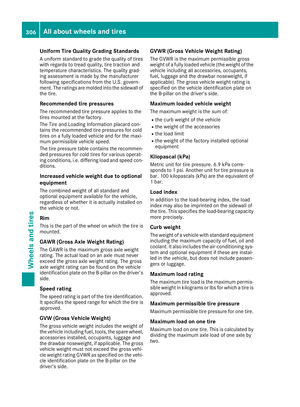 308
308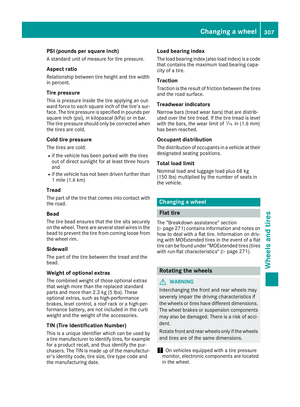 309
309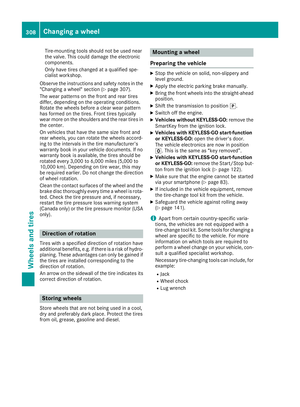 310
310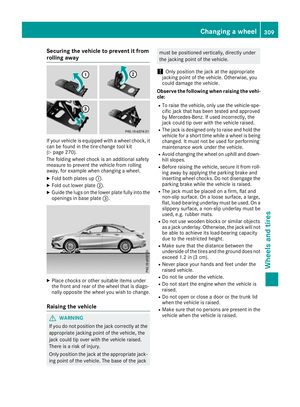 311
311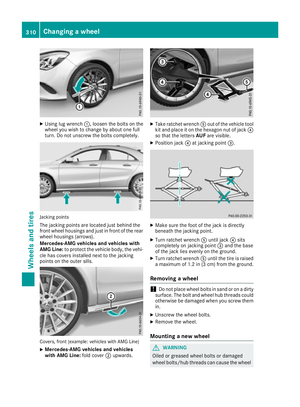 312
312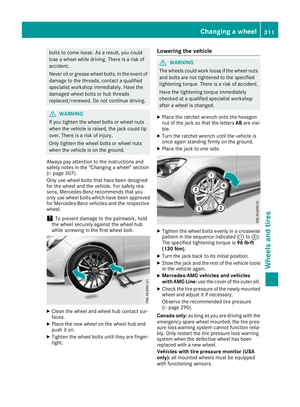 313
313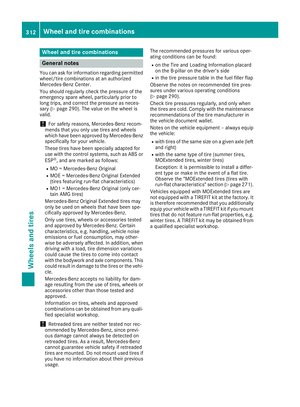 314
314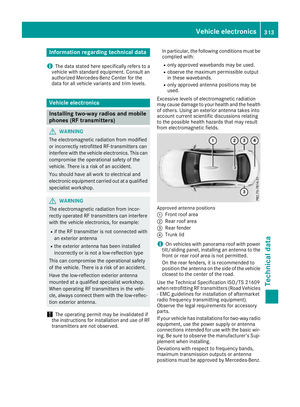 315
315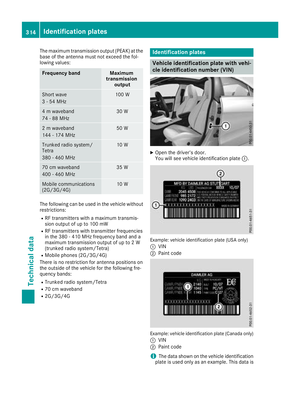 316
316 317
317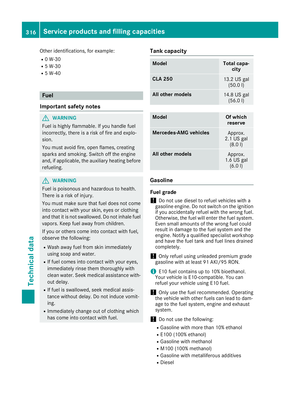 318
318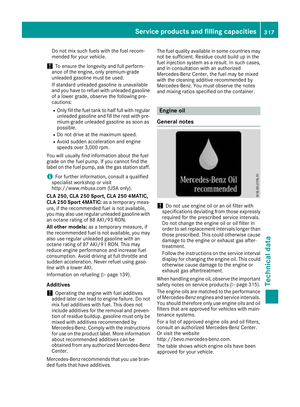 319
319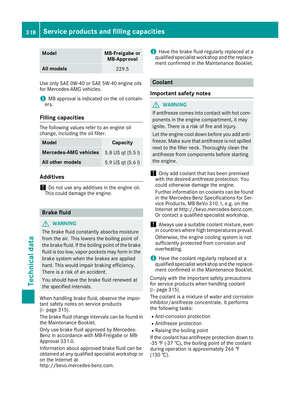 320
320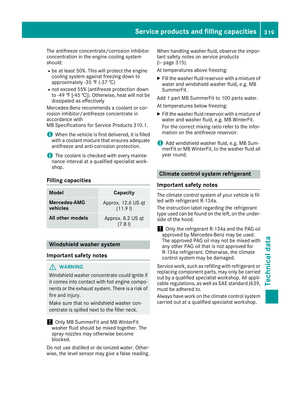 321
321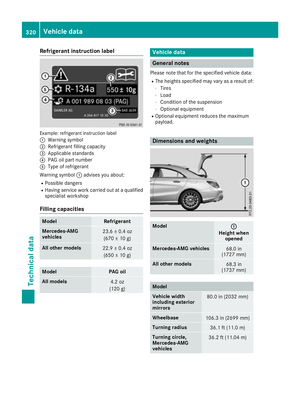 322
322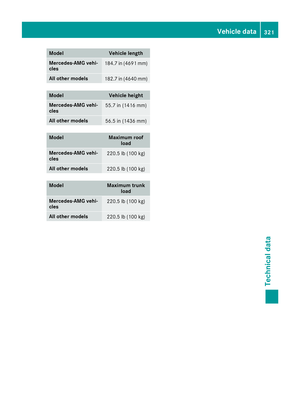 323
323 324
324 325
325






